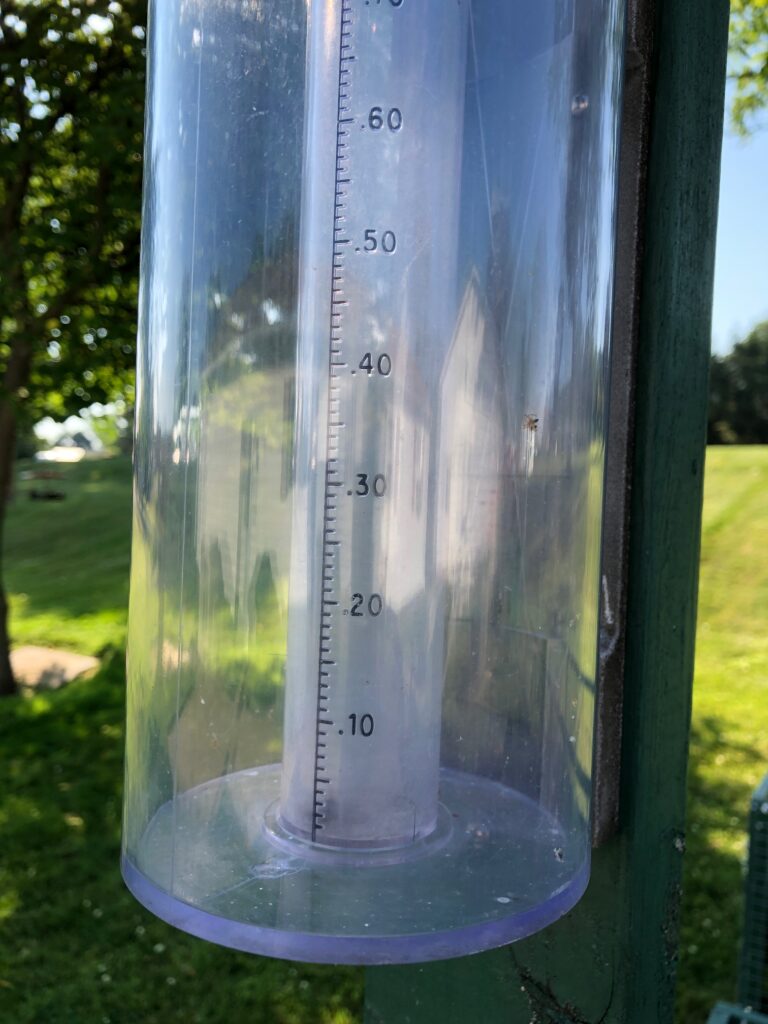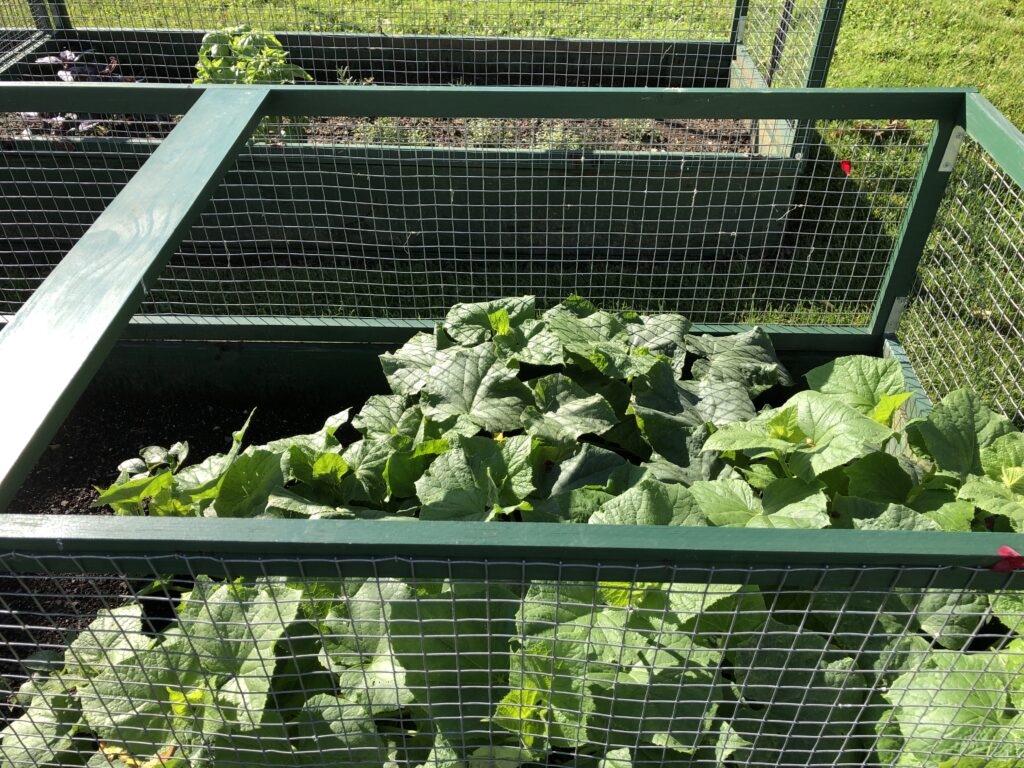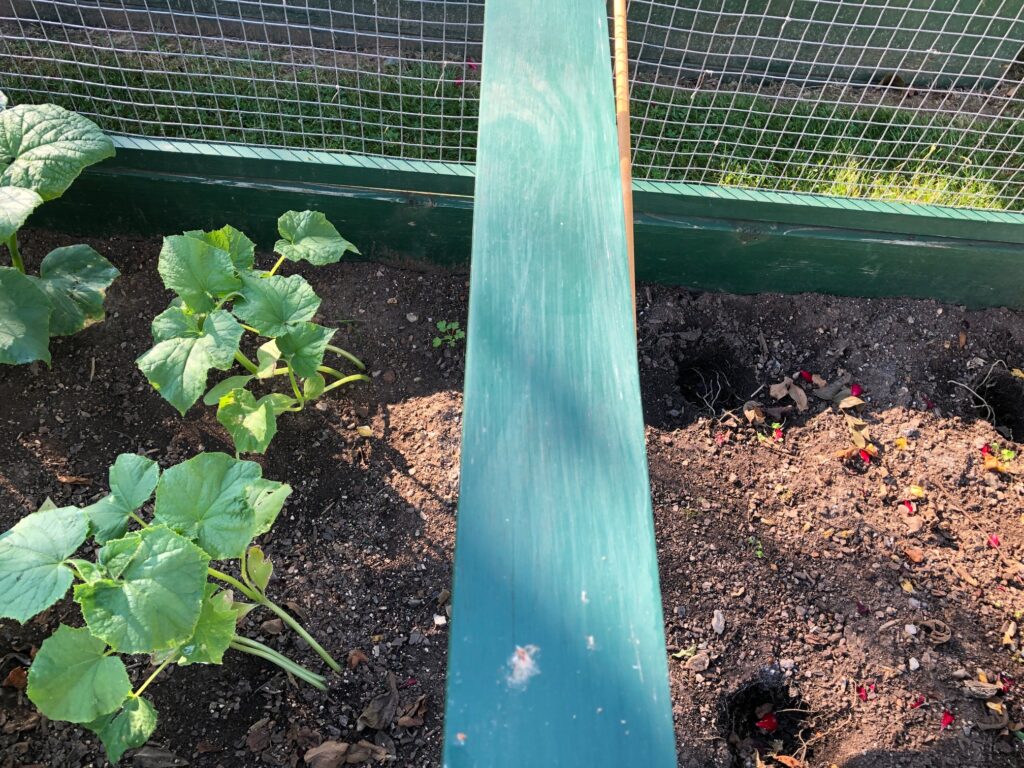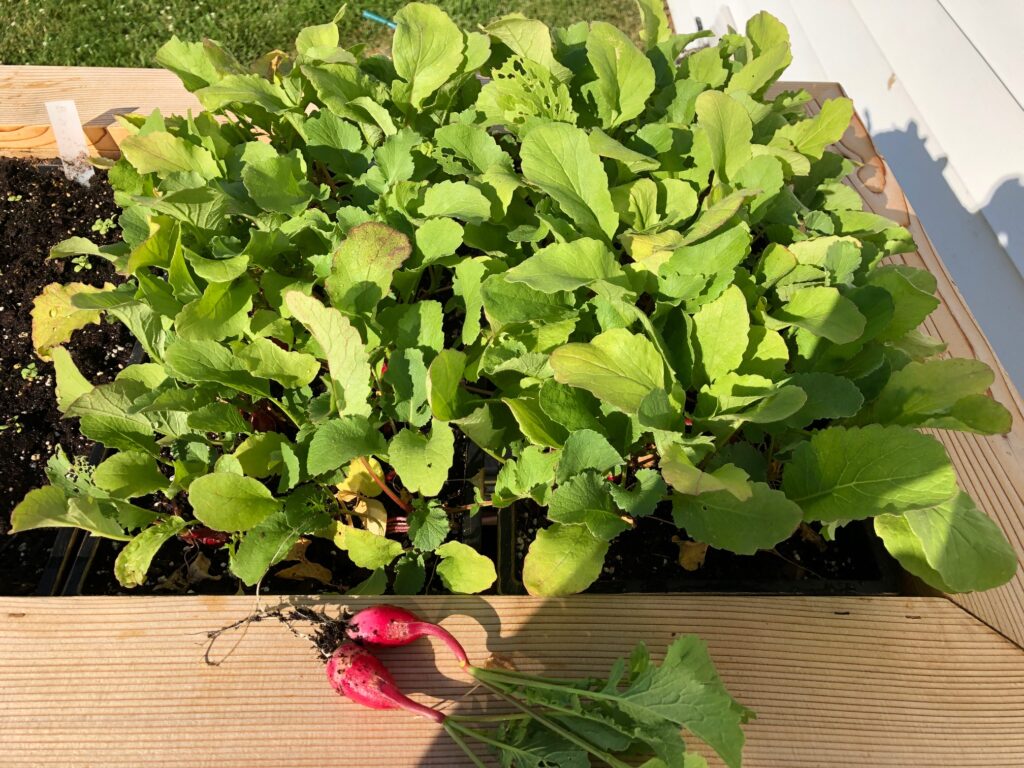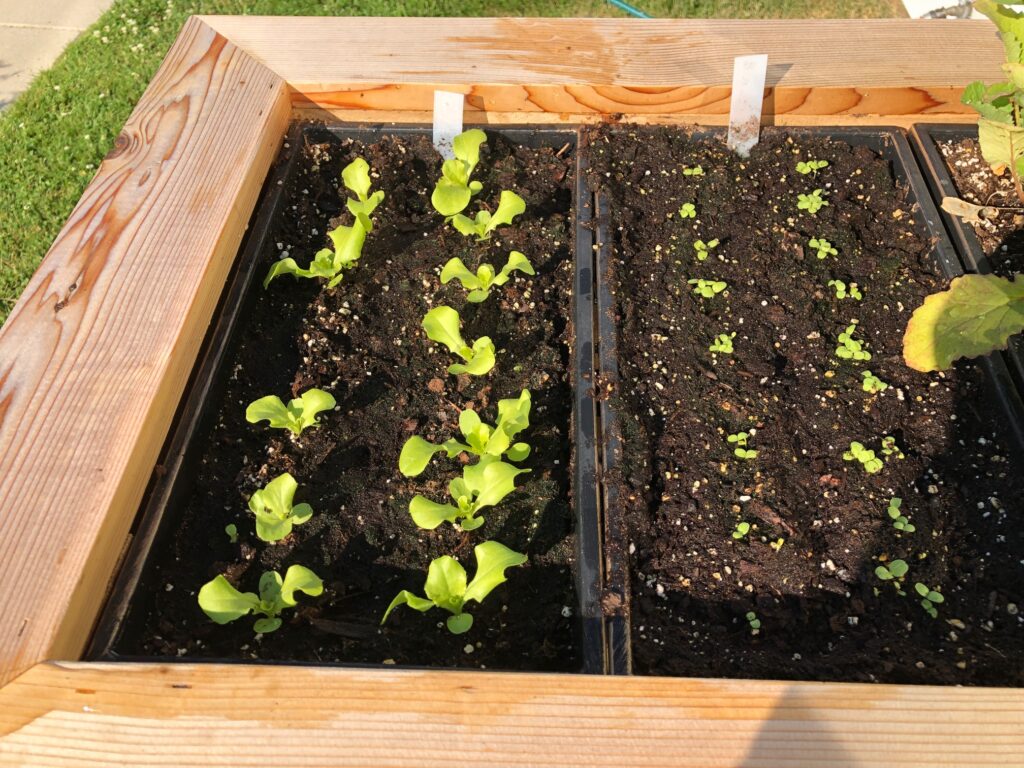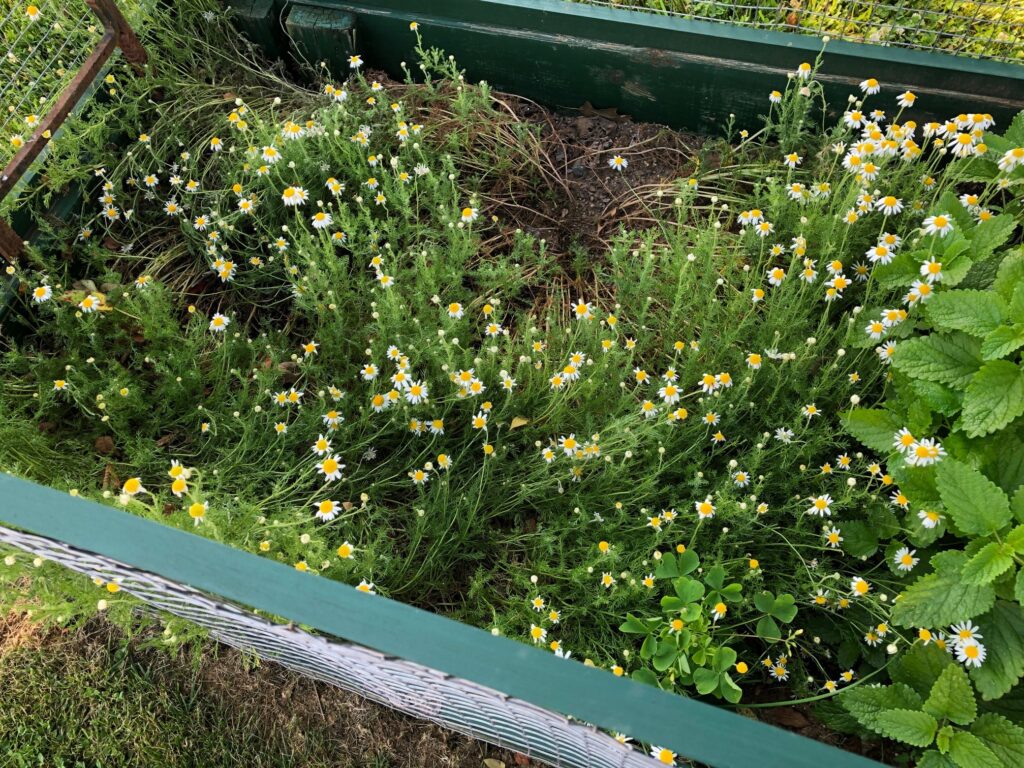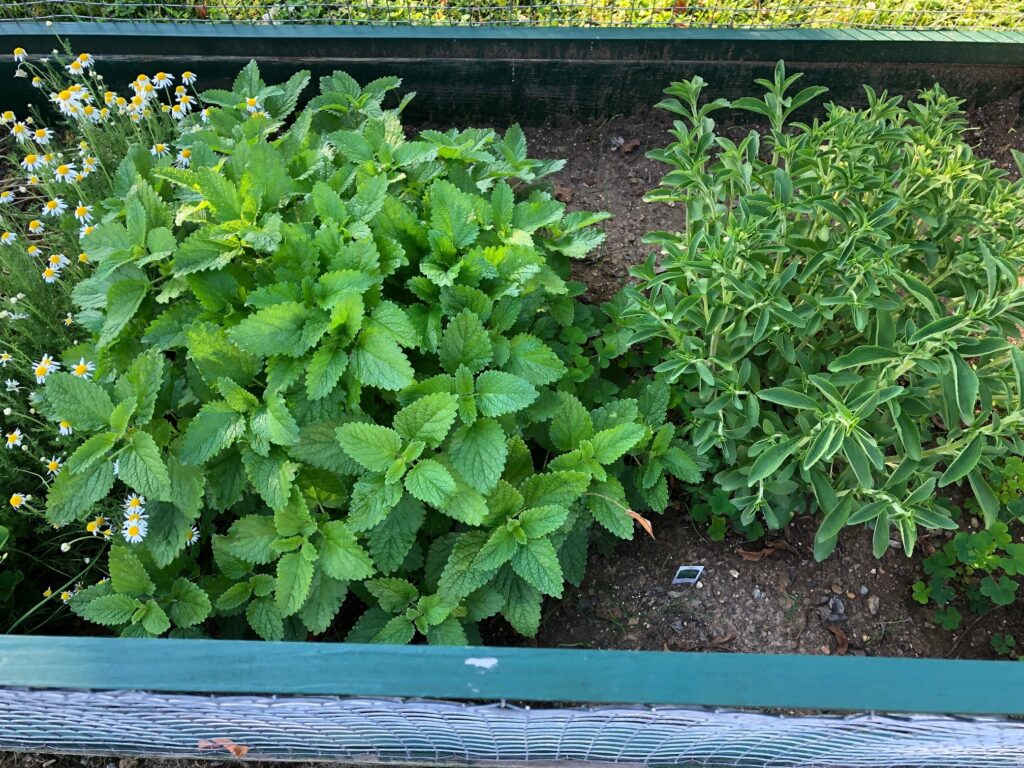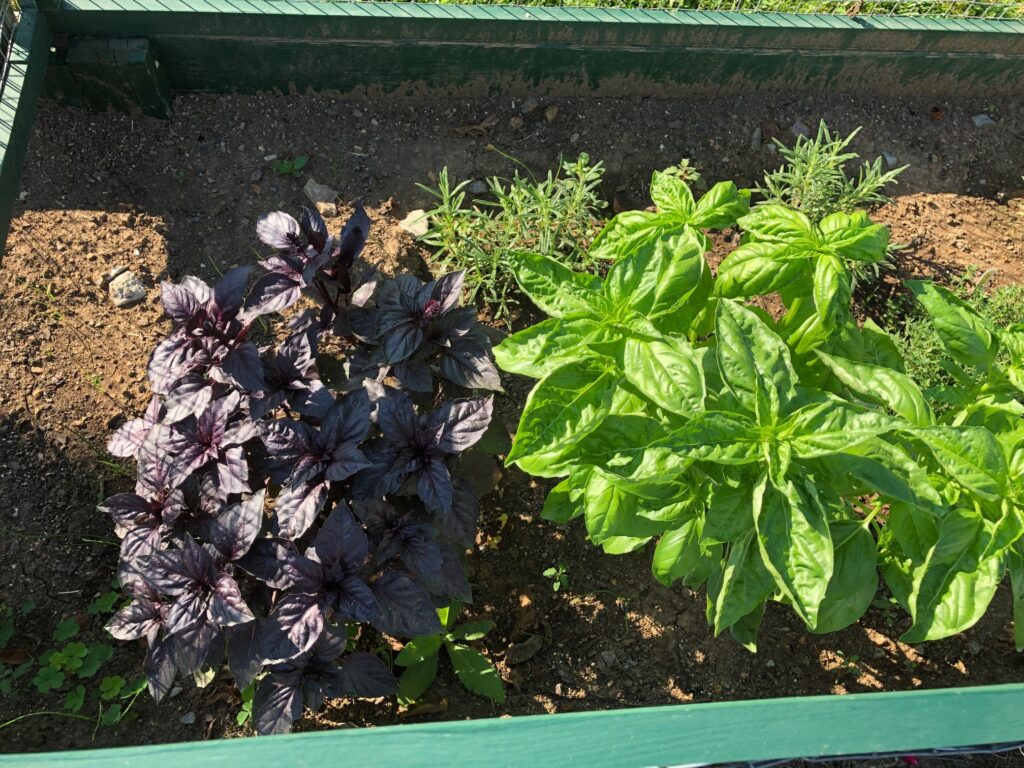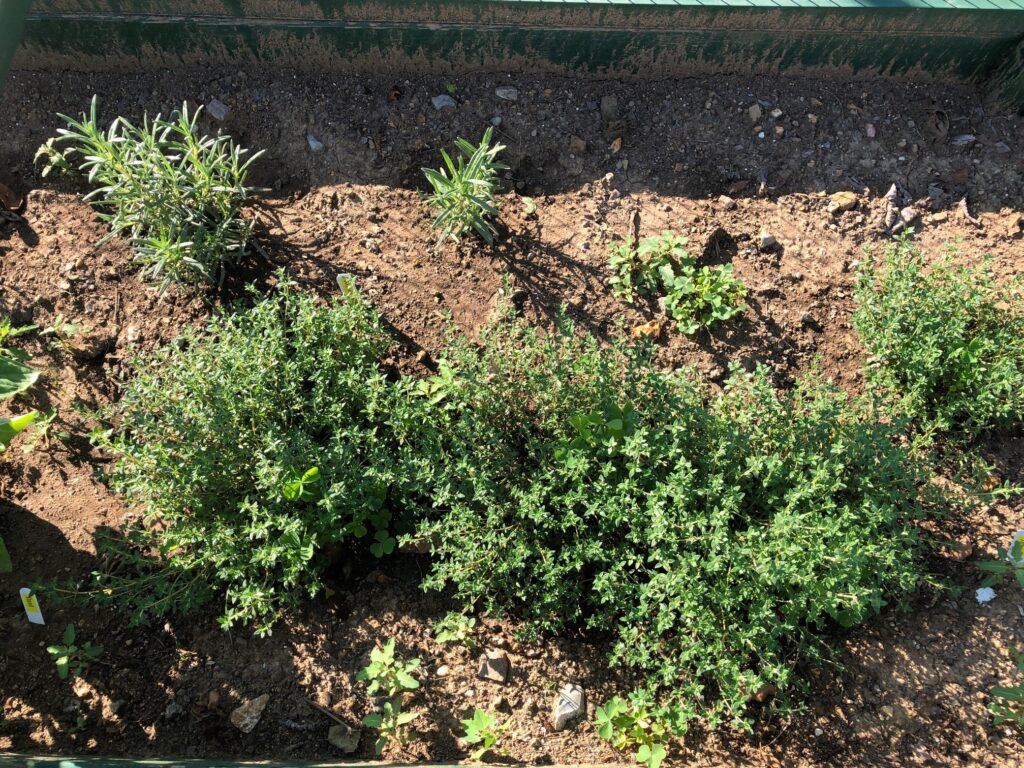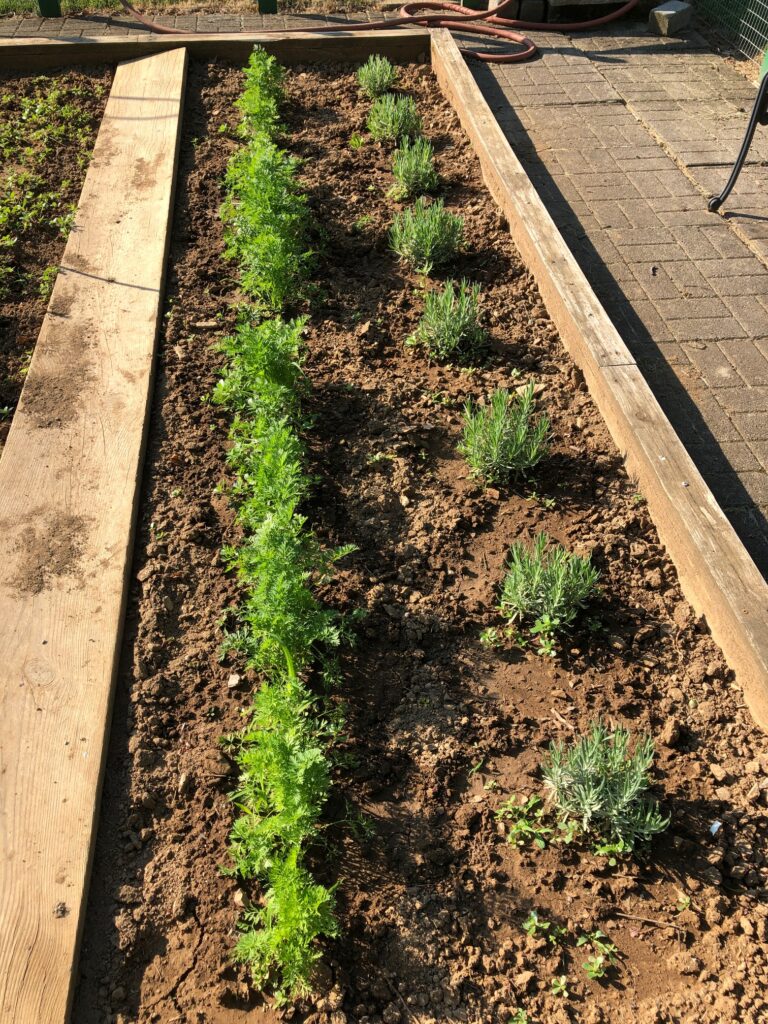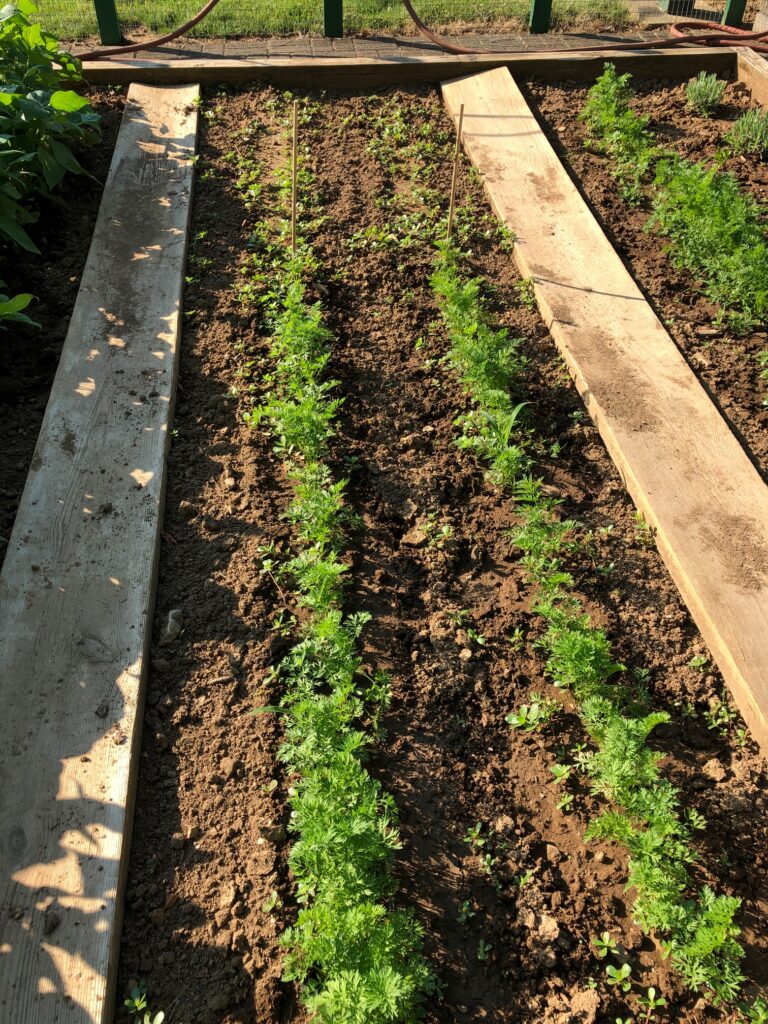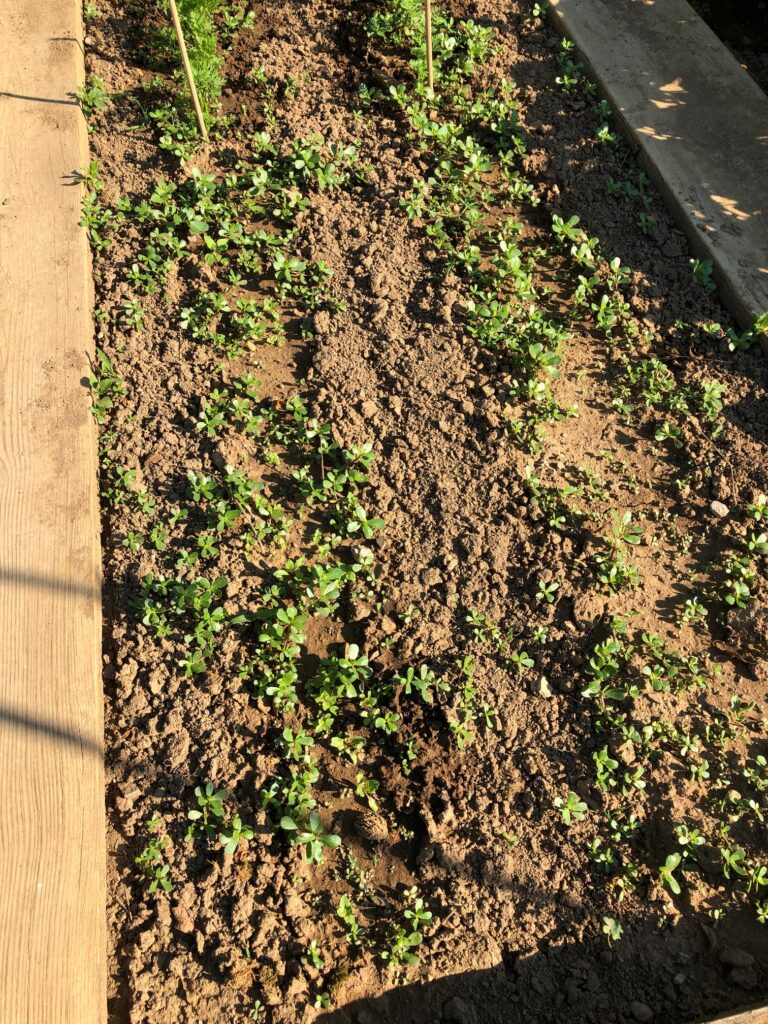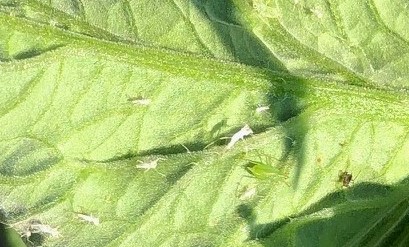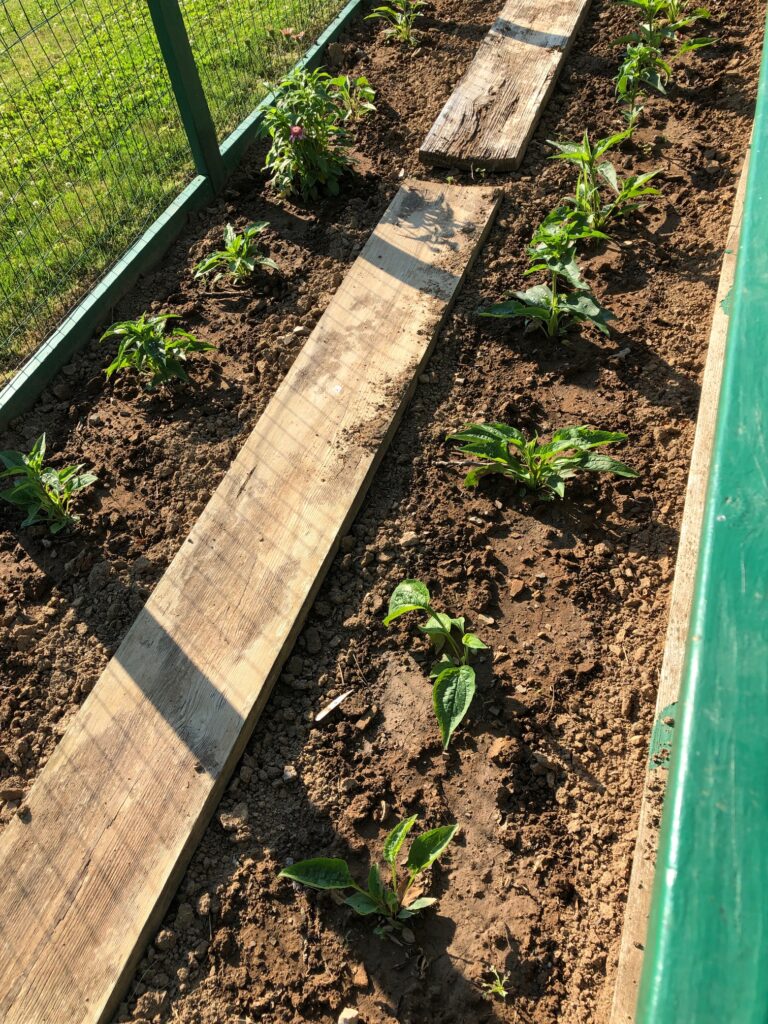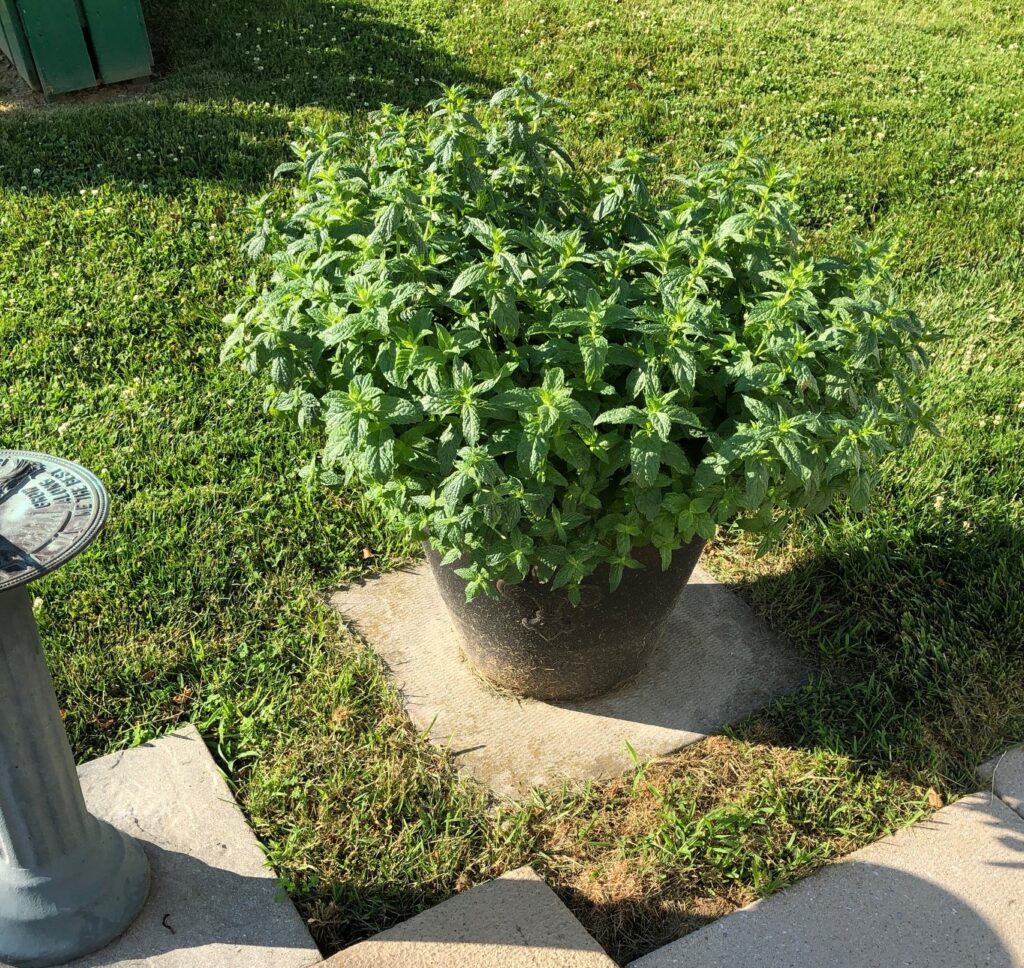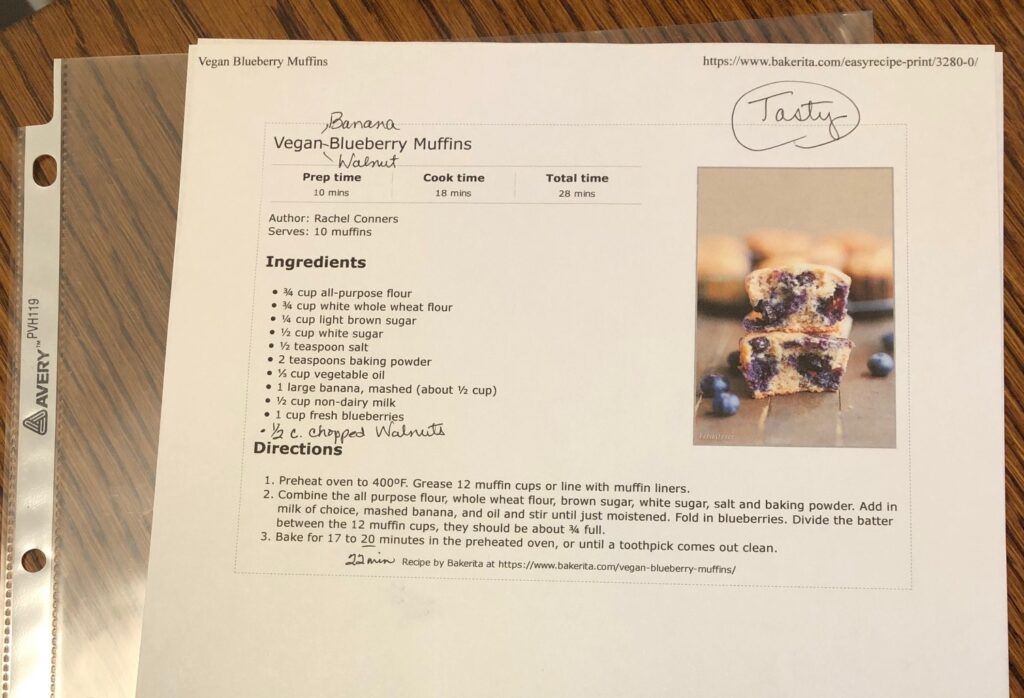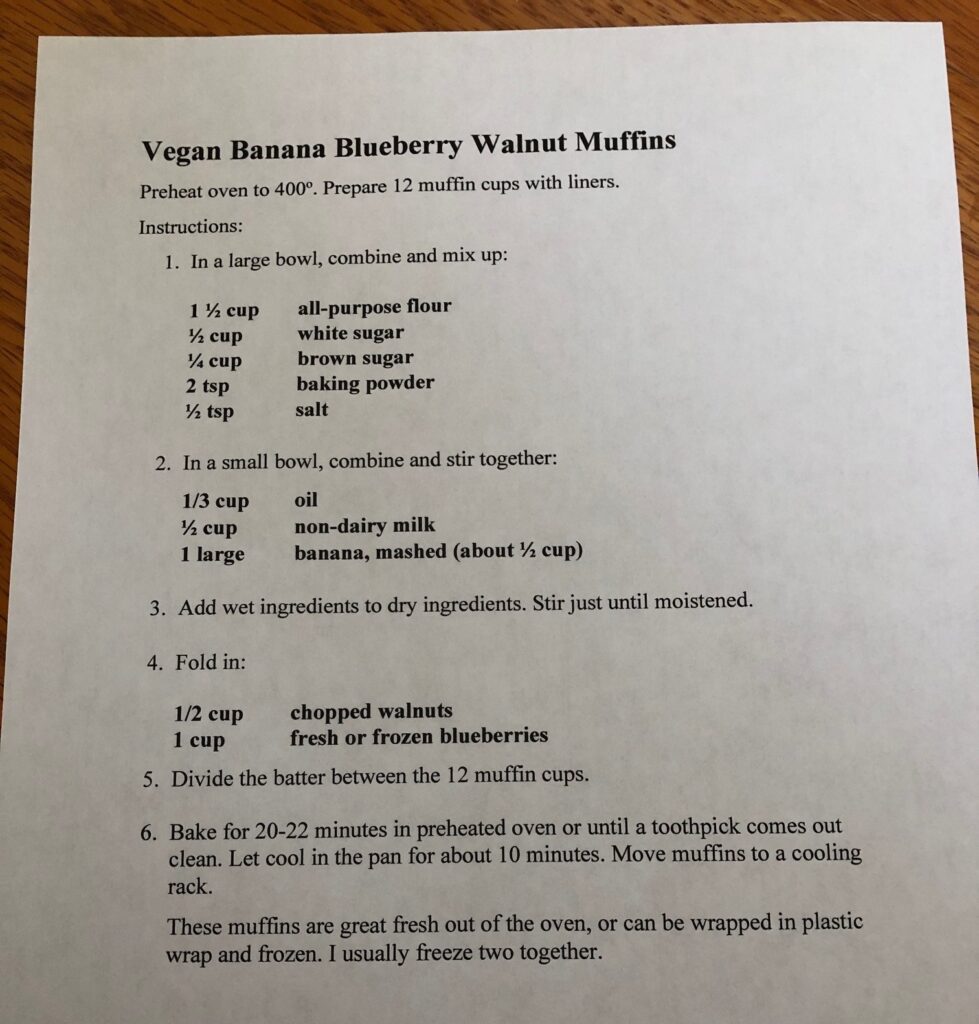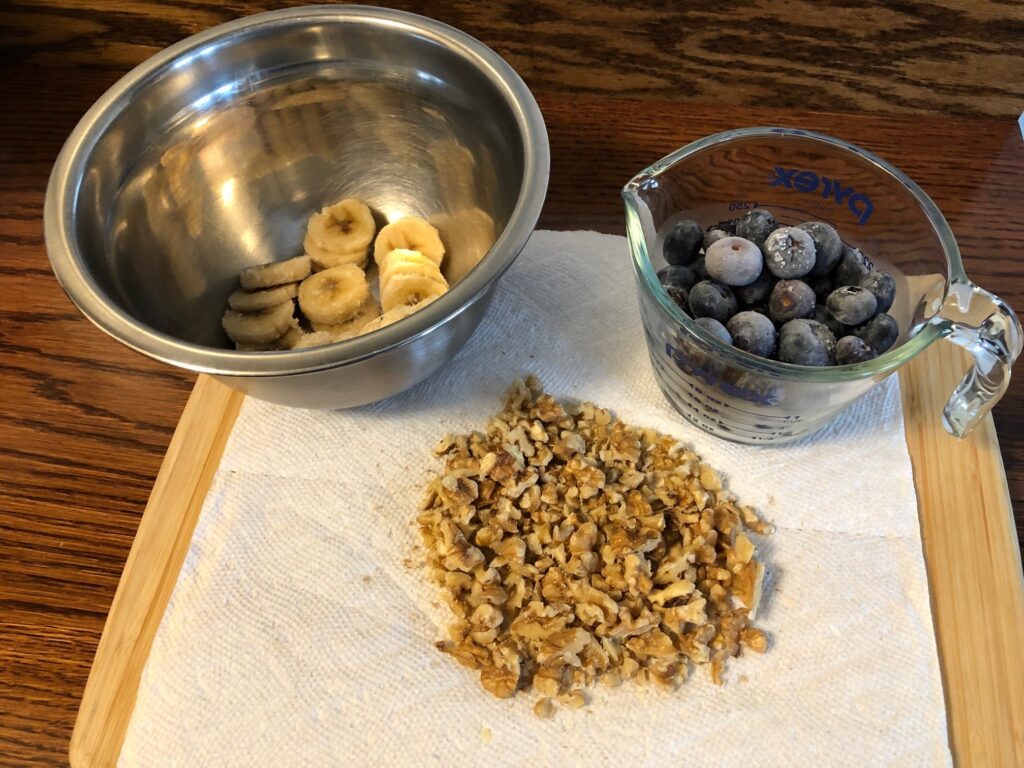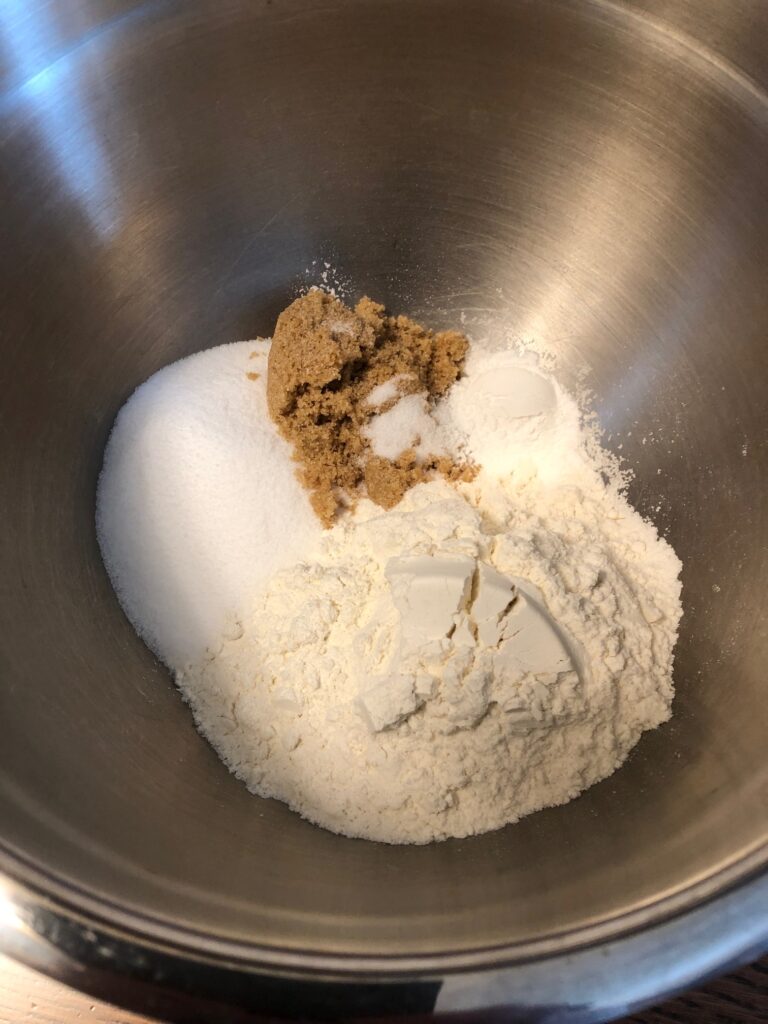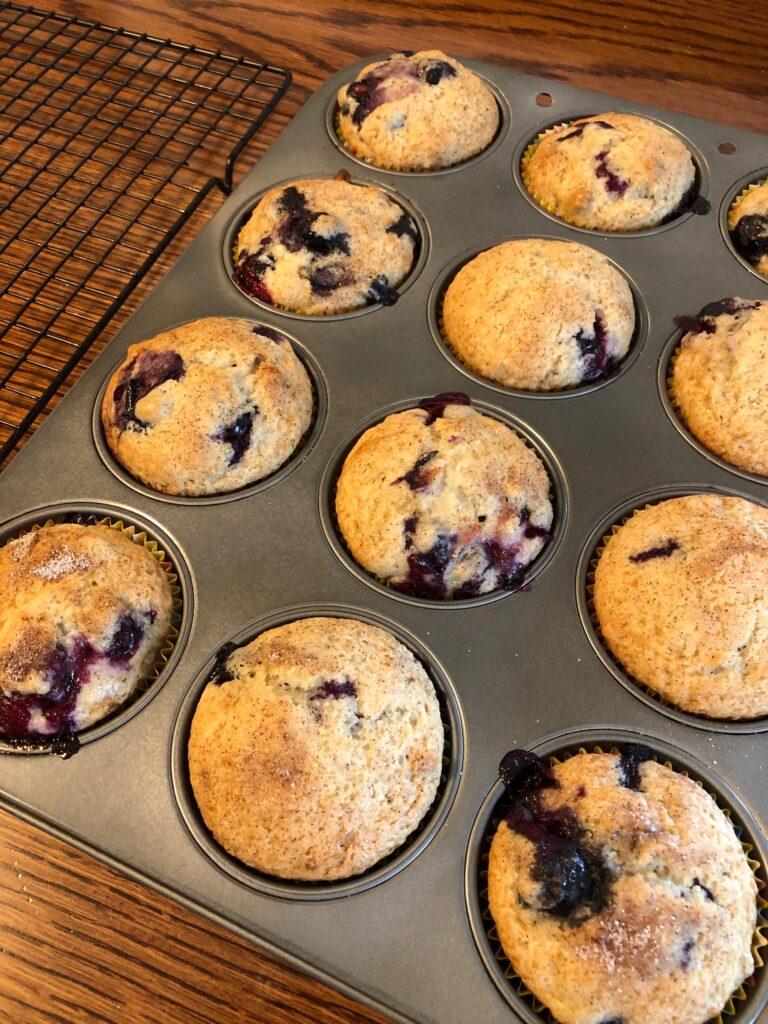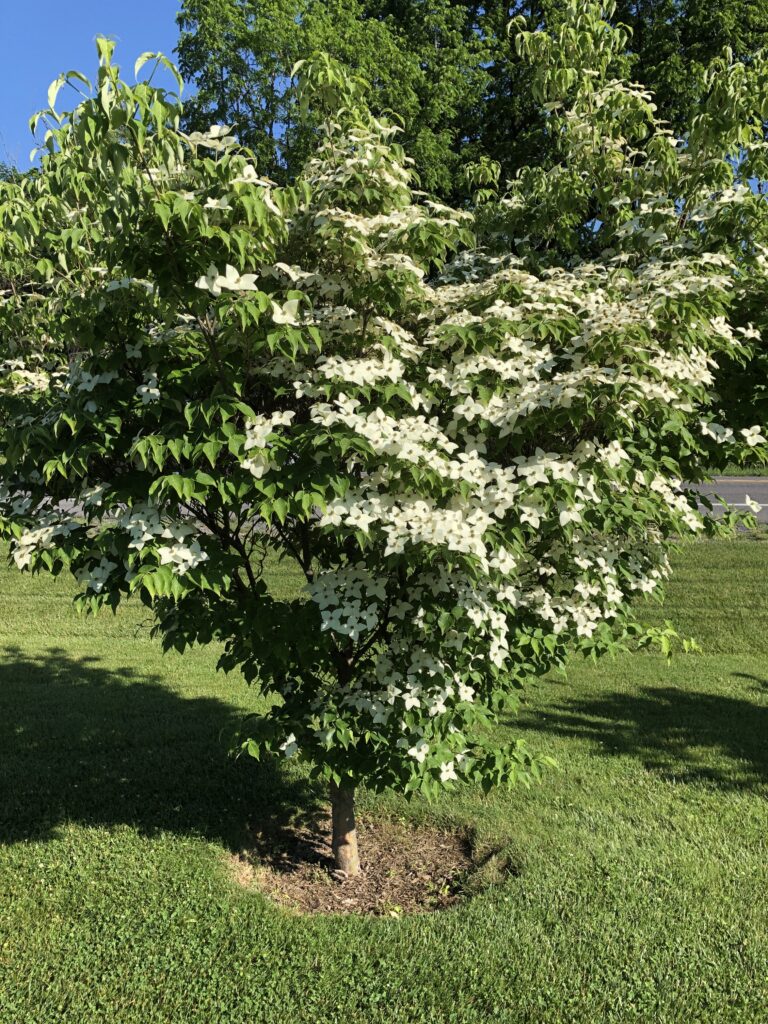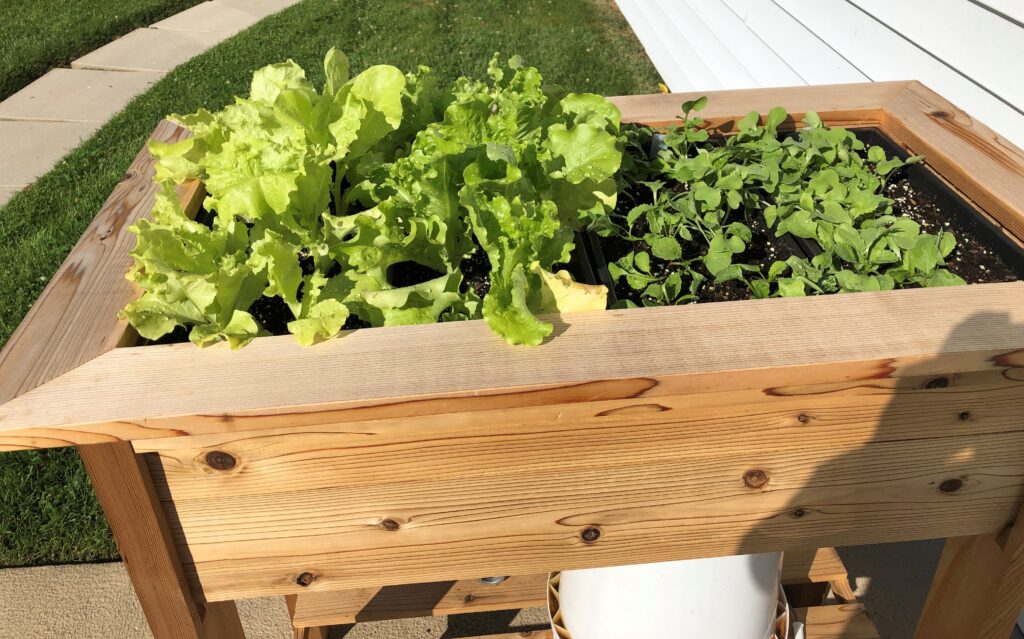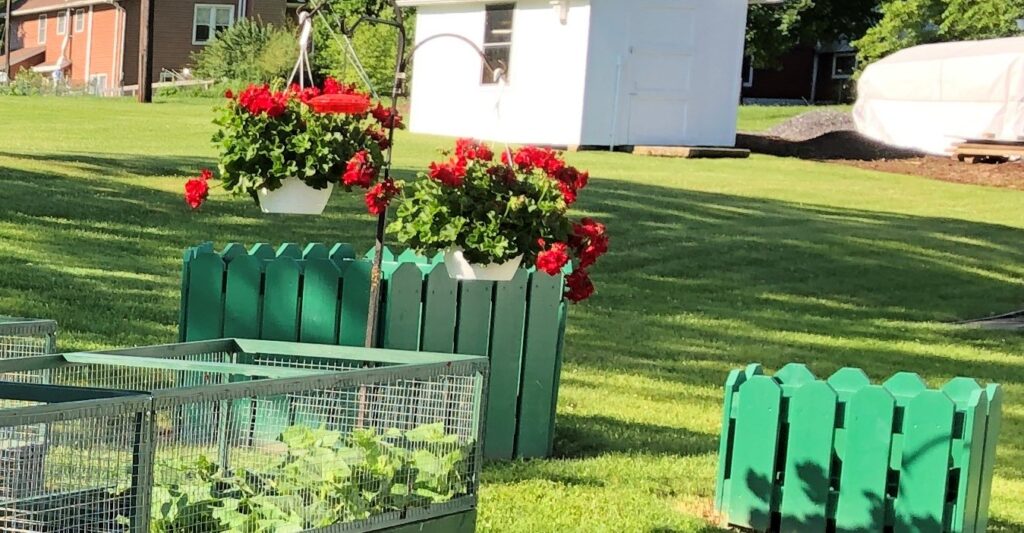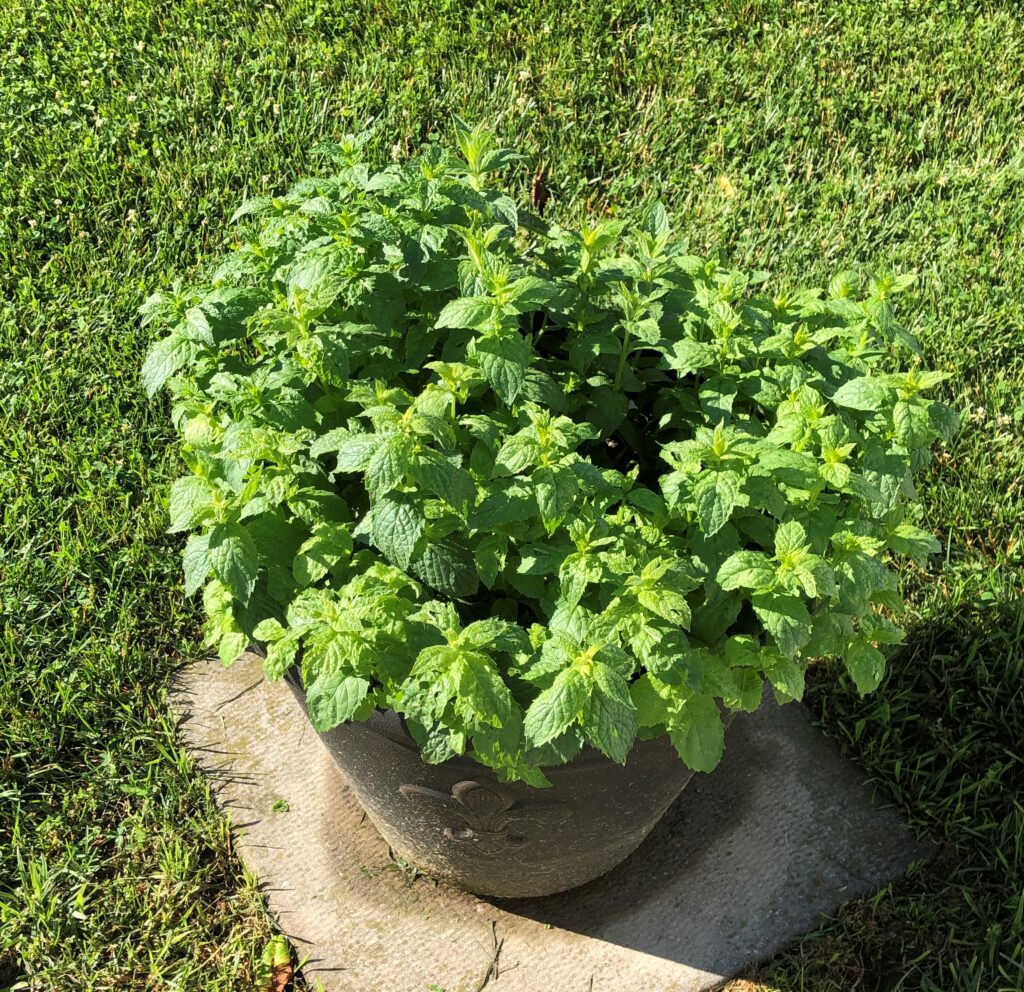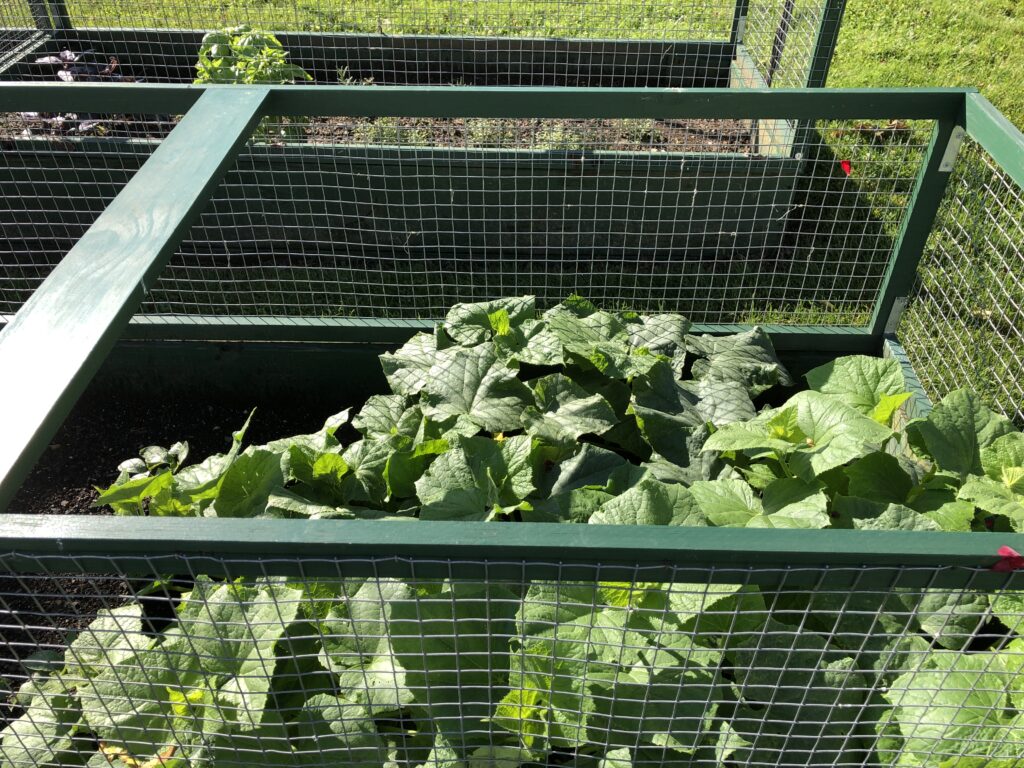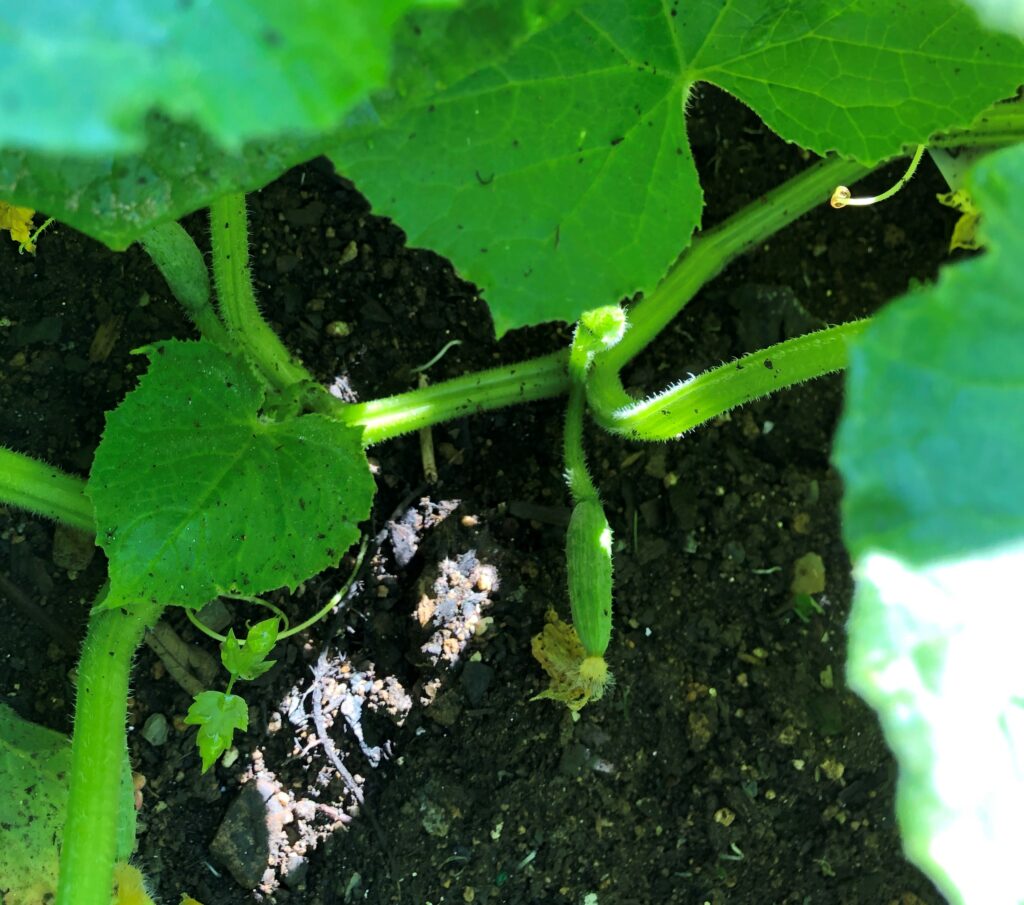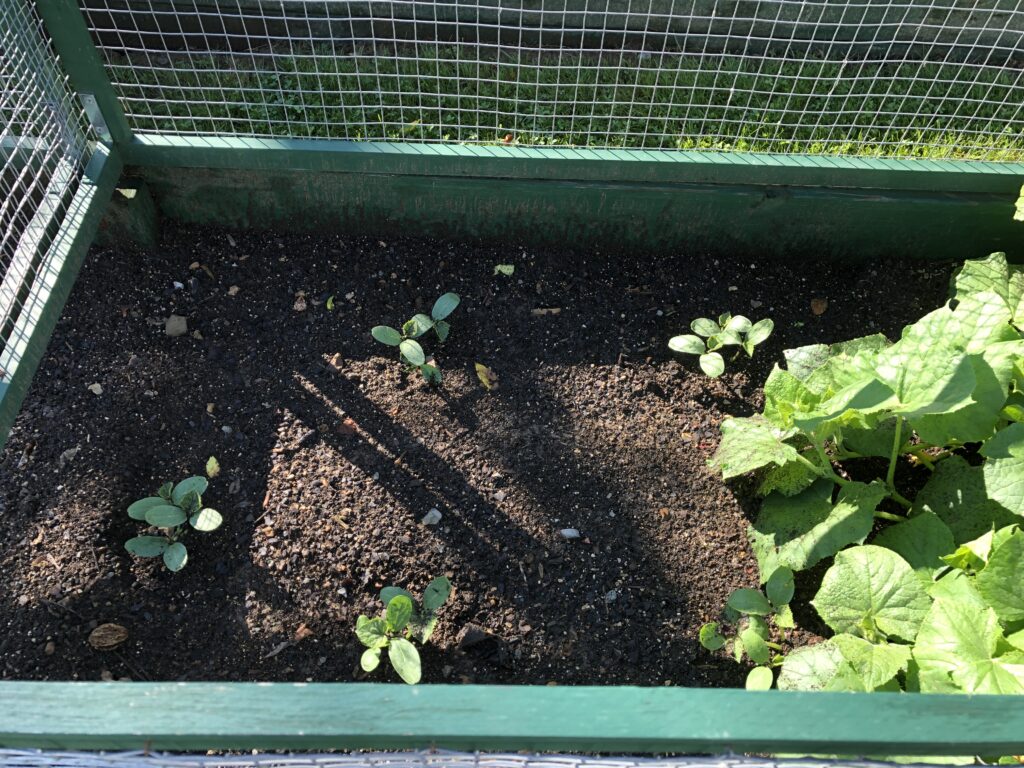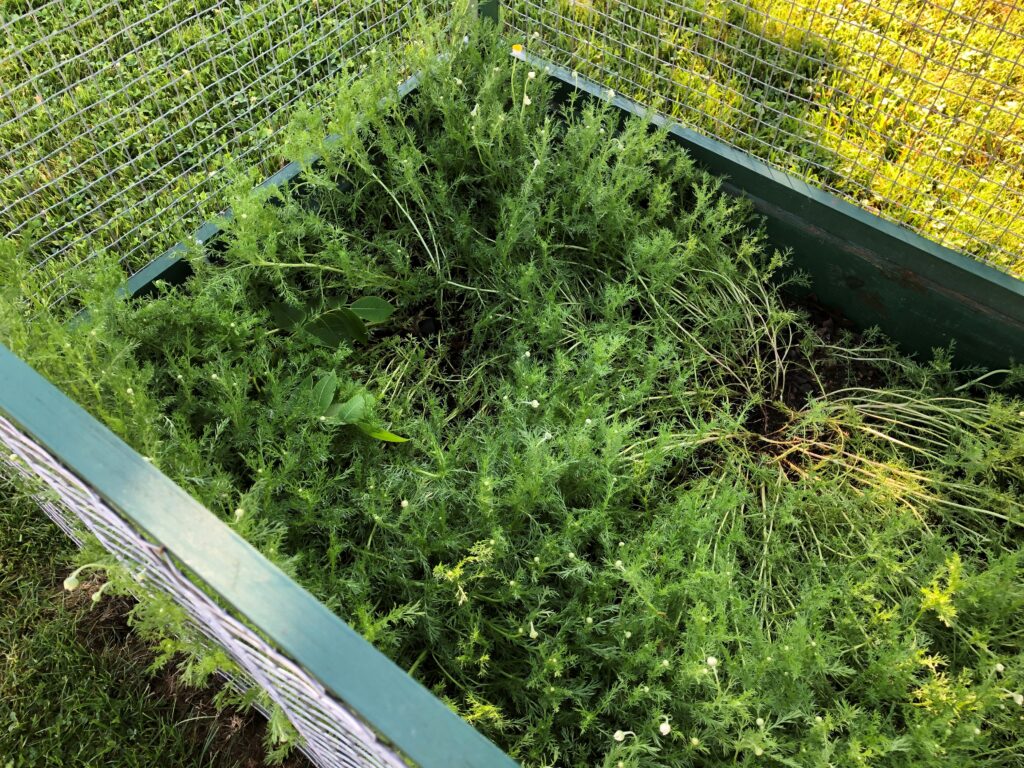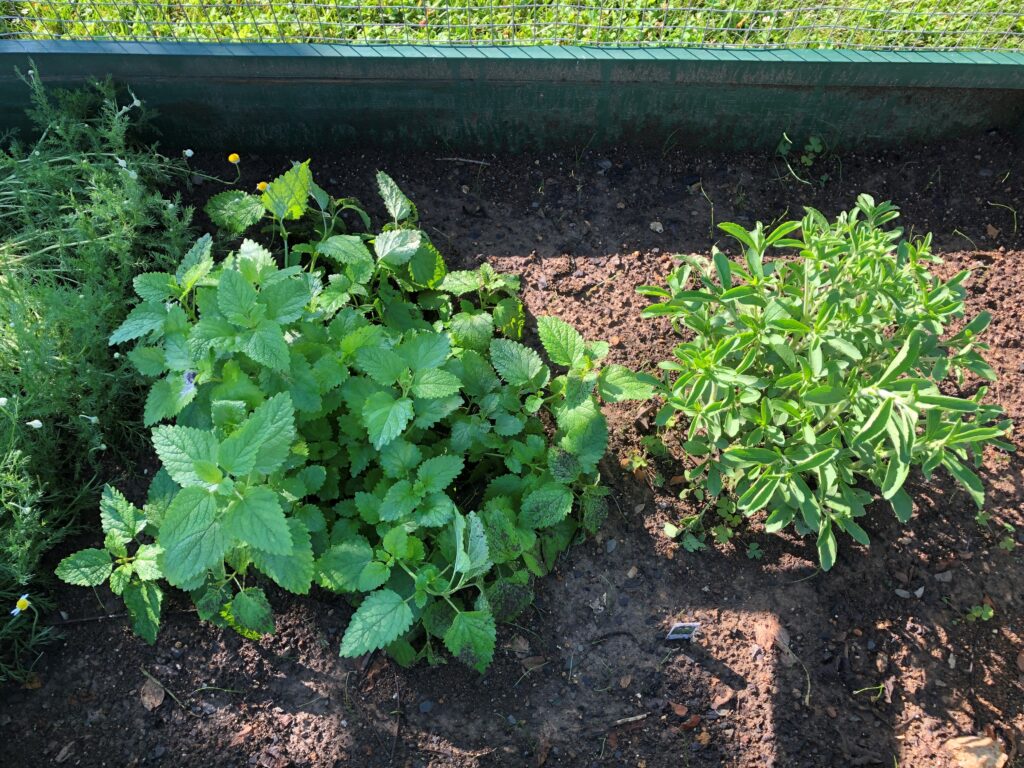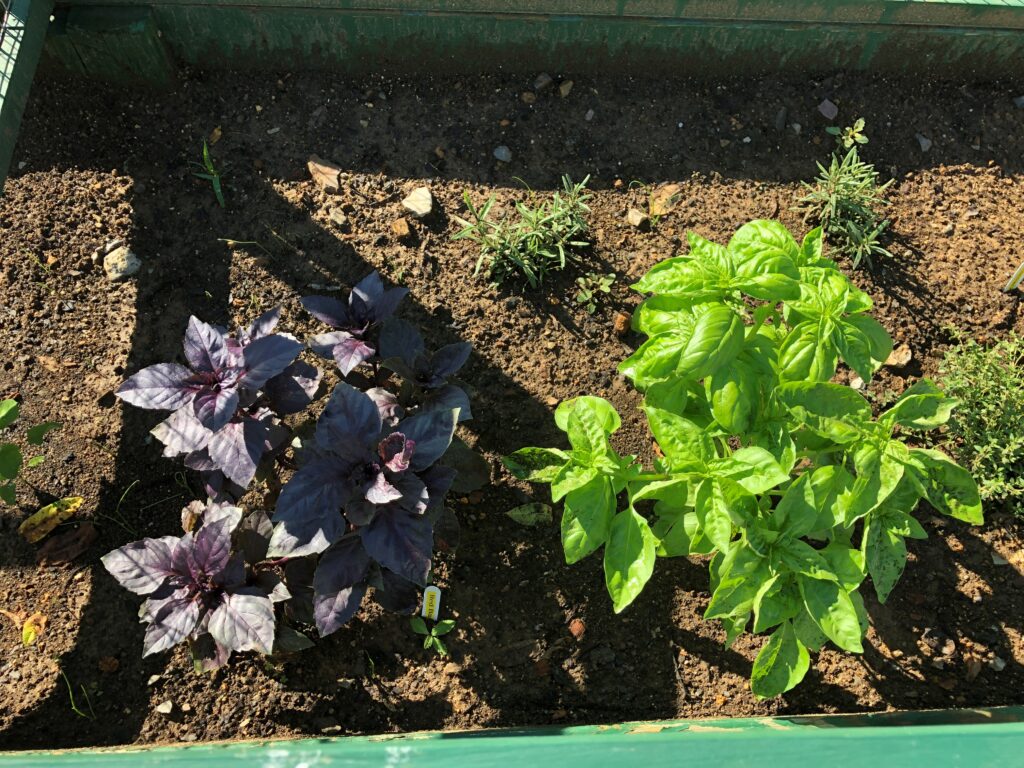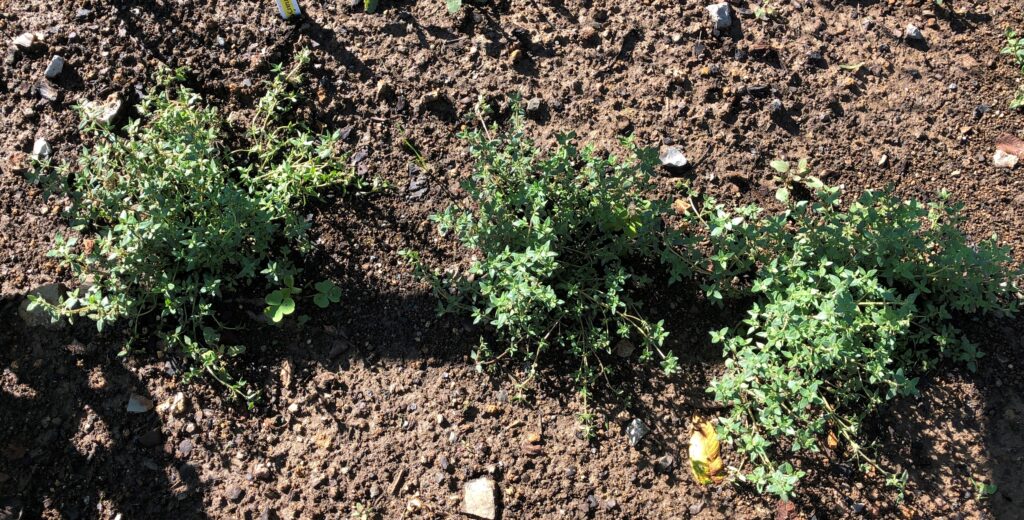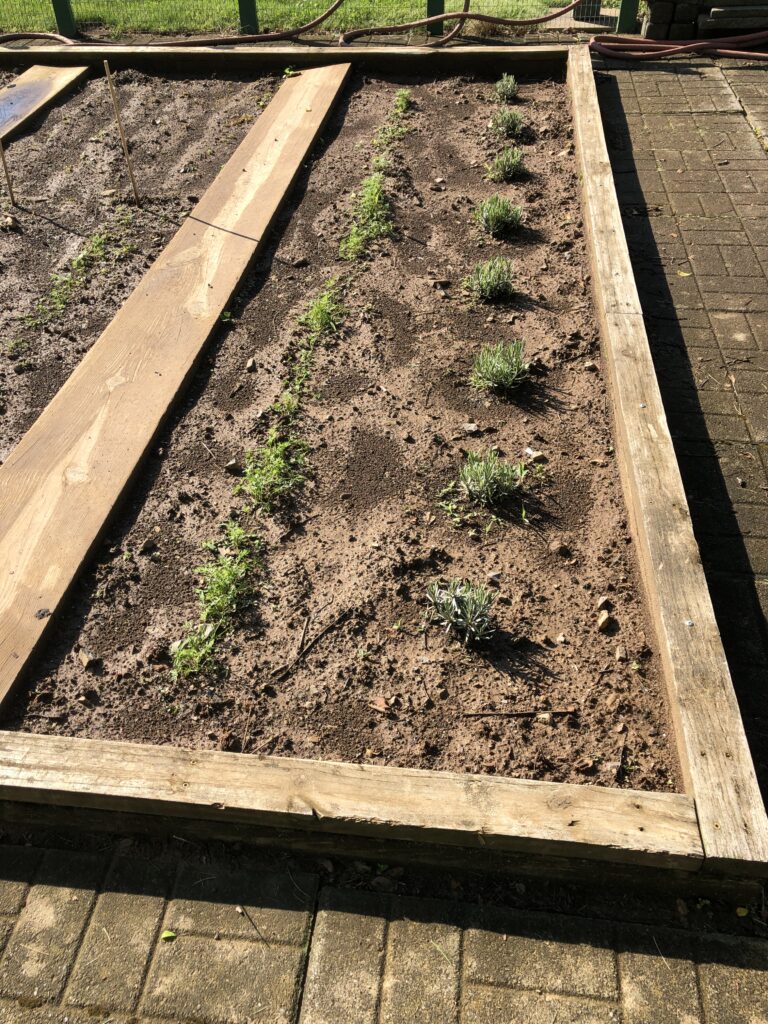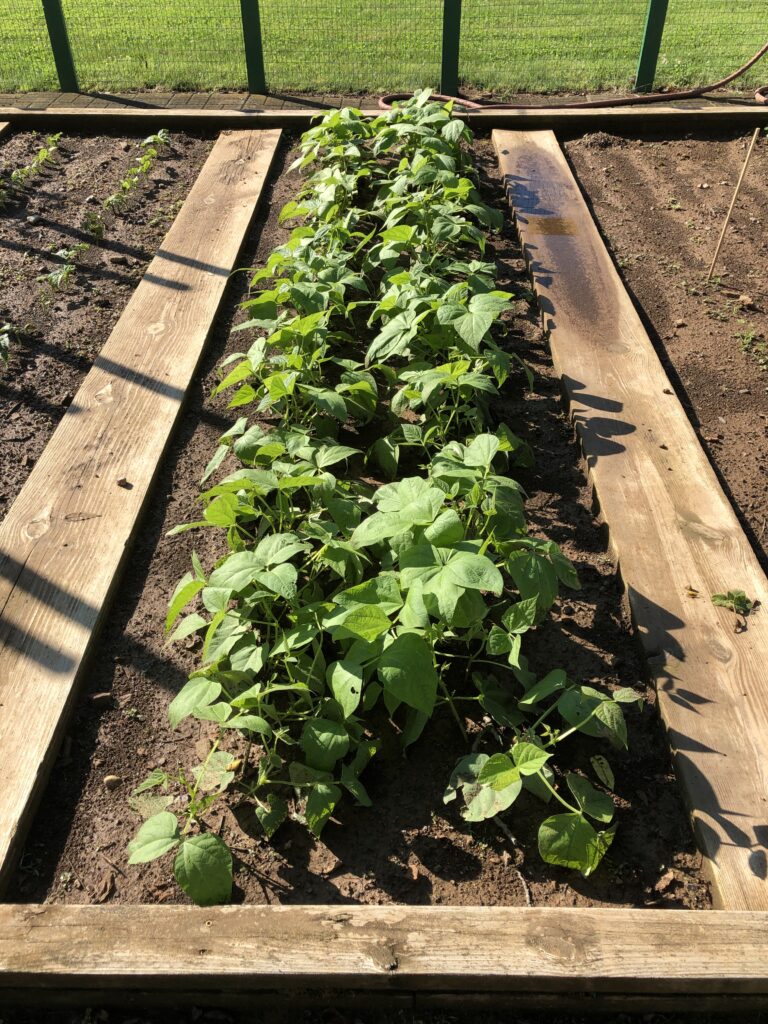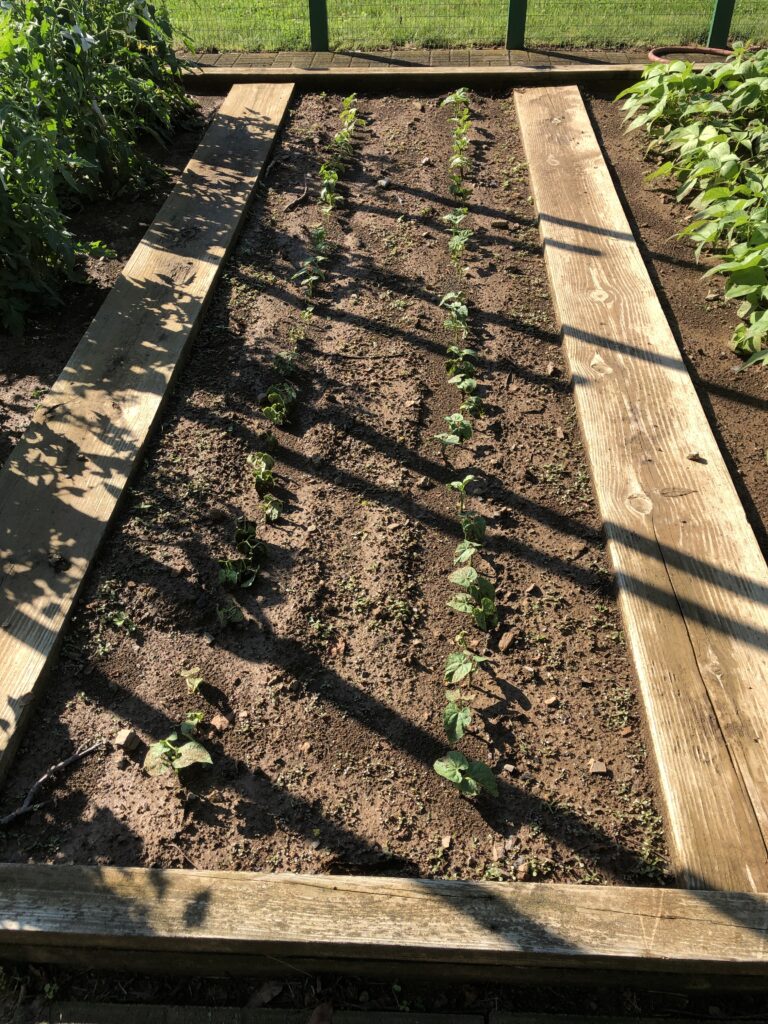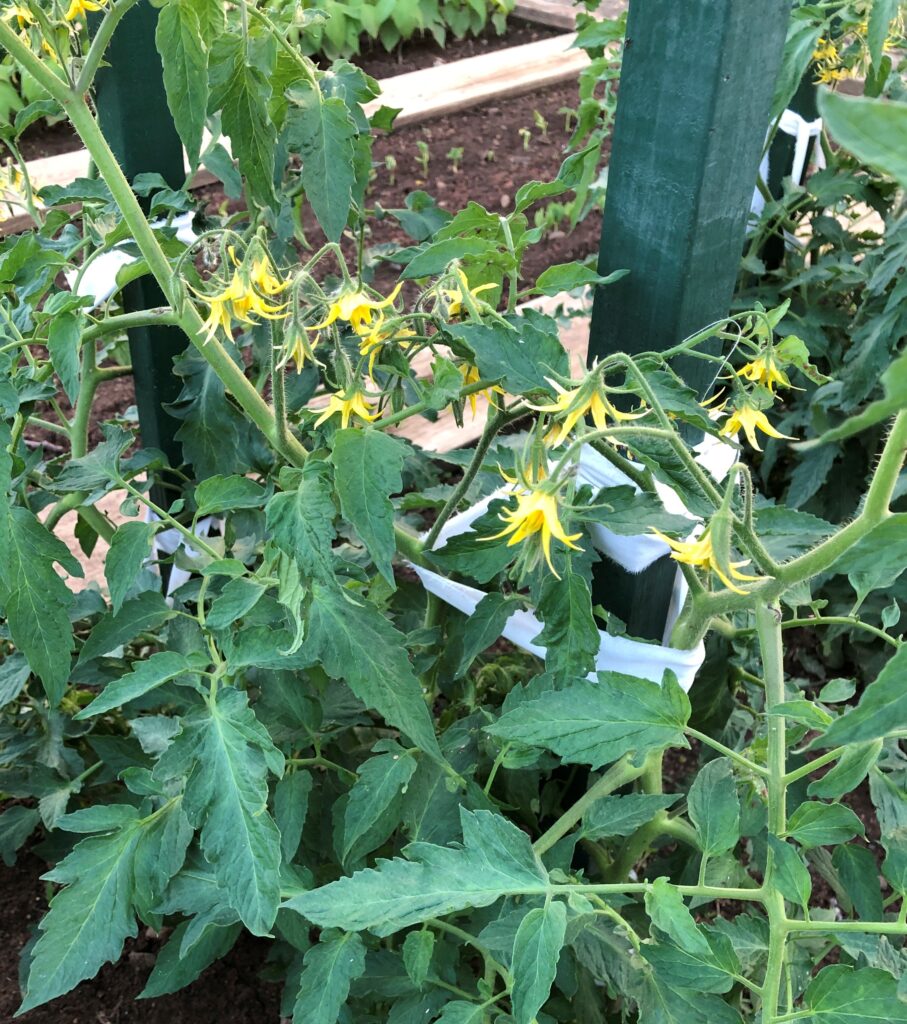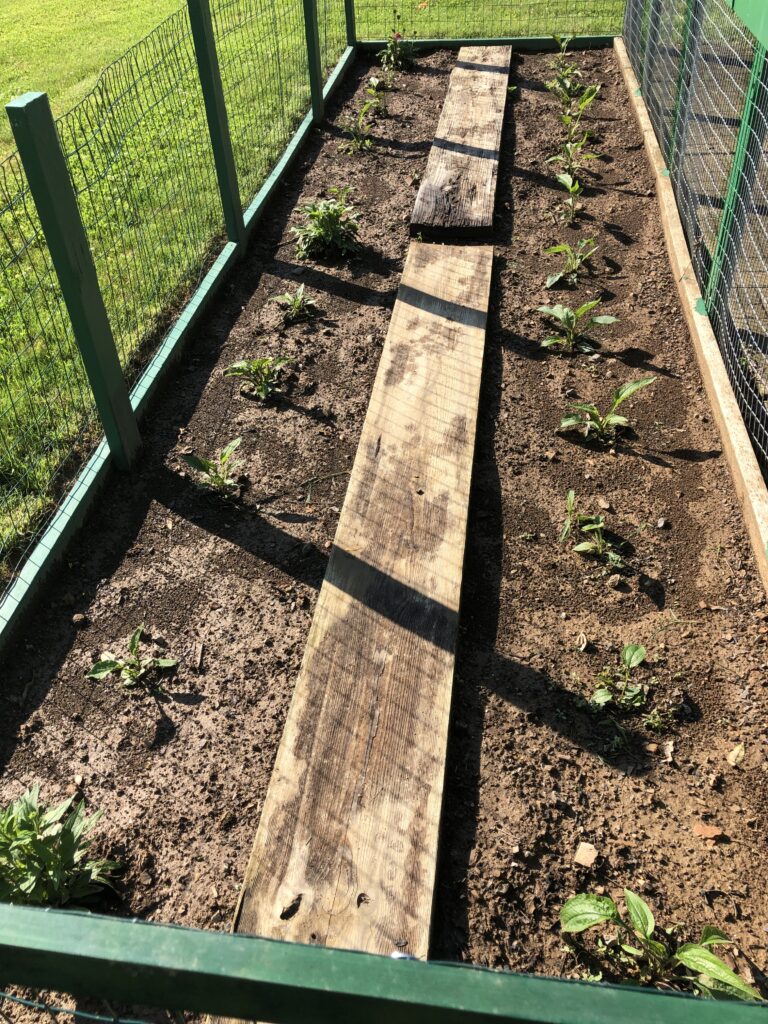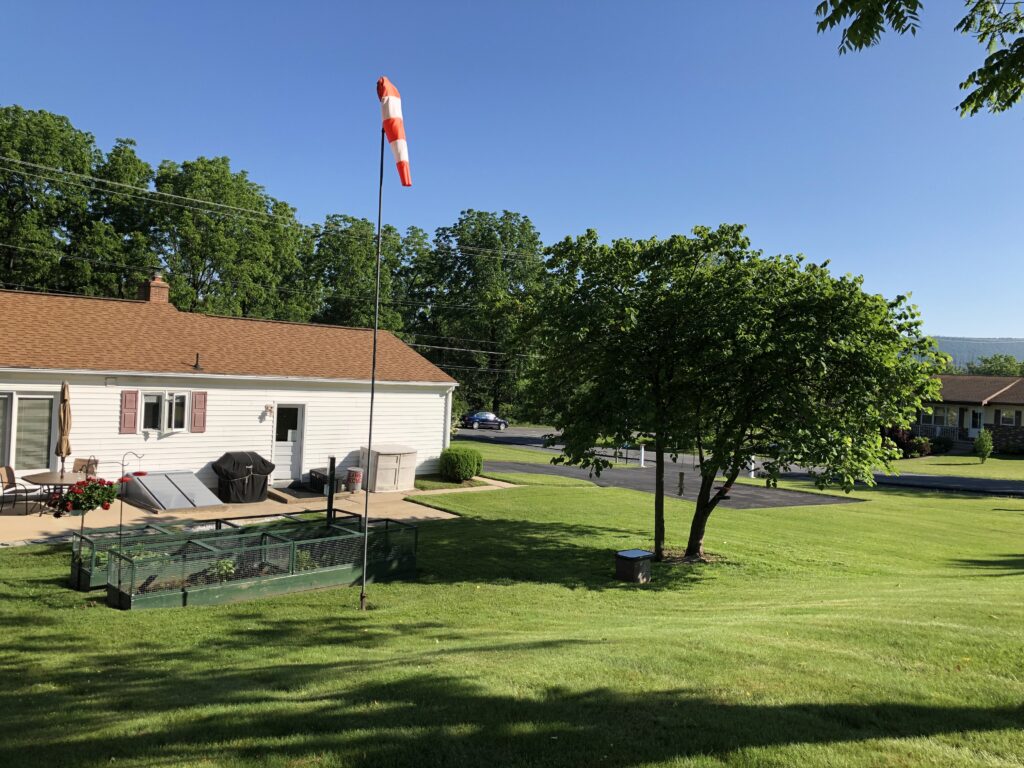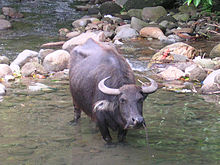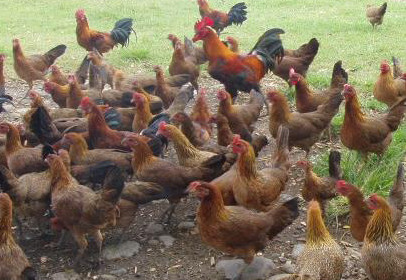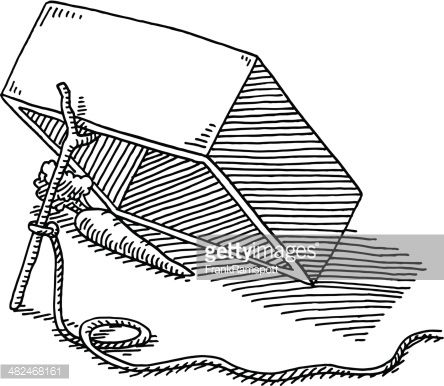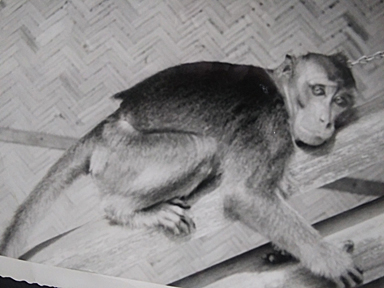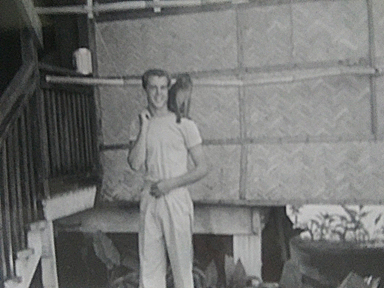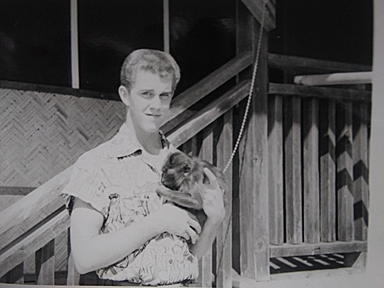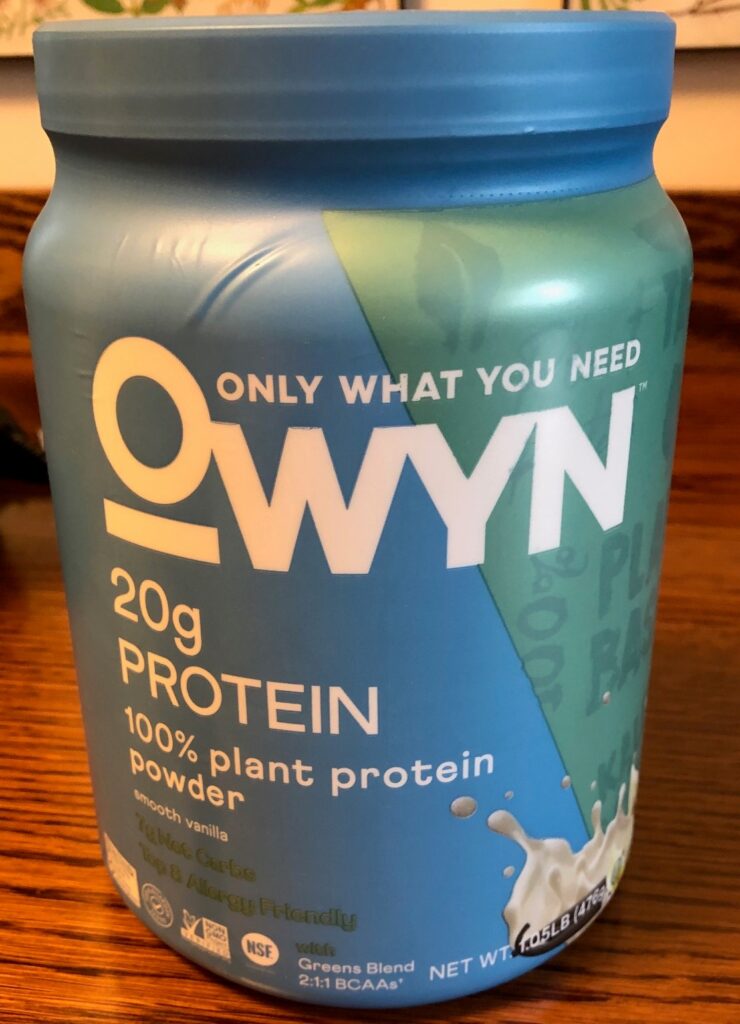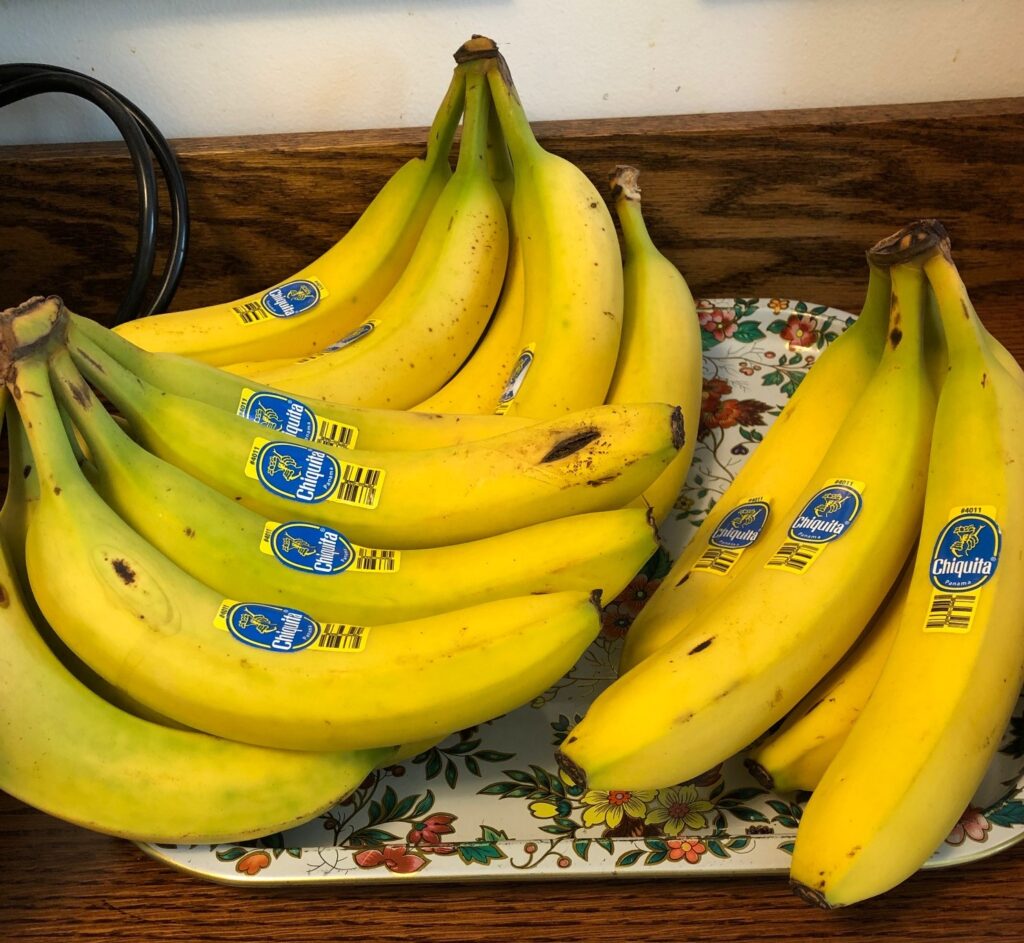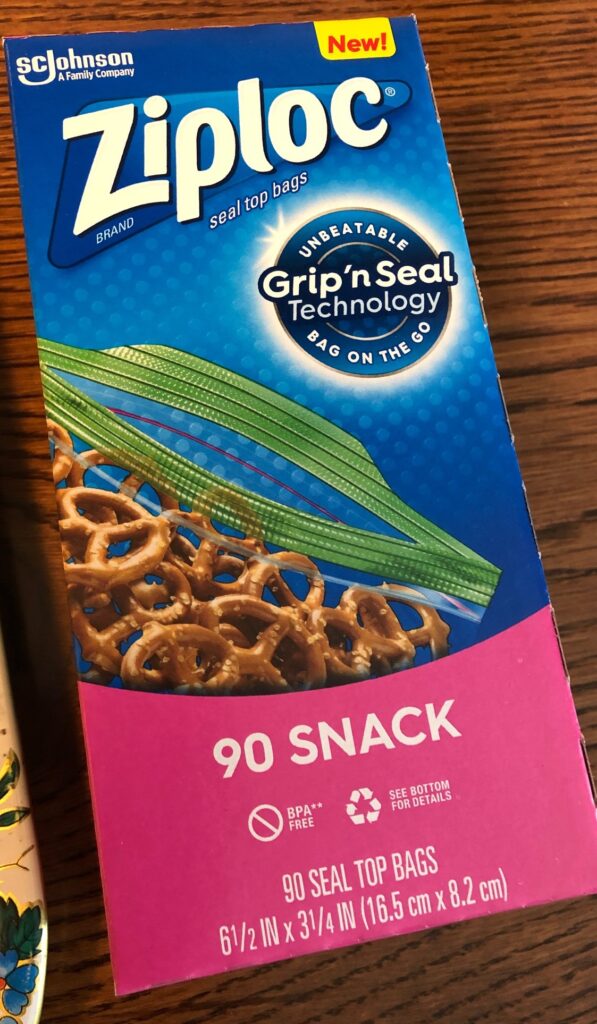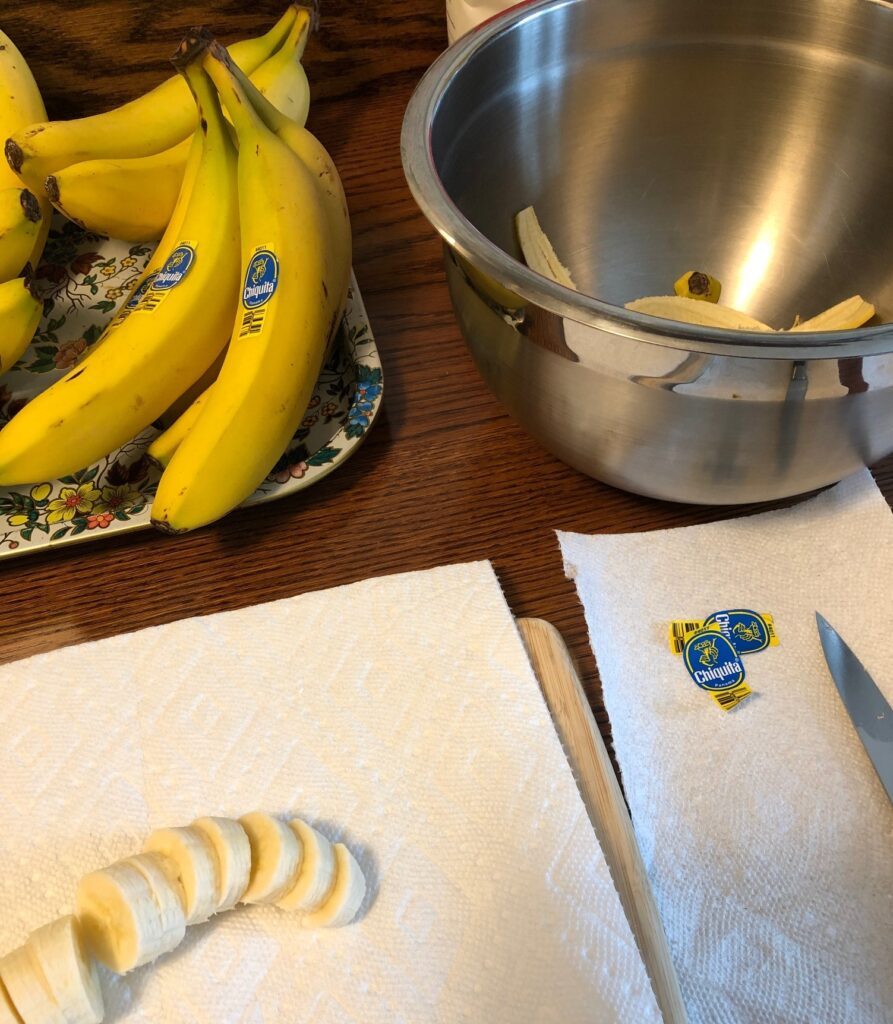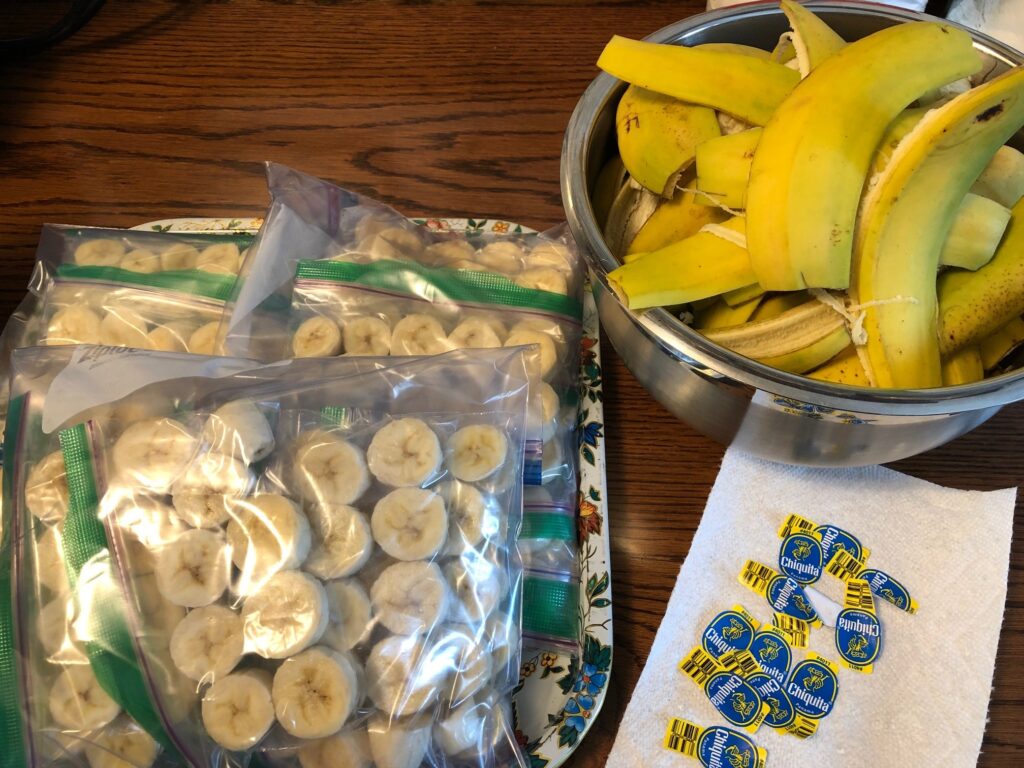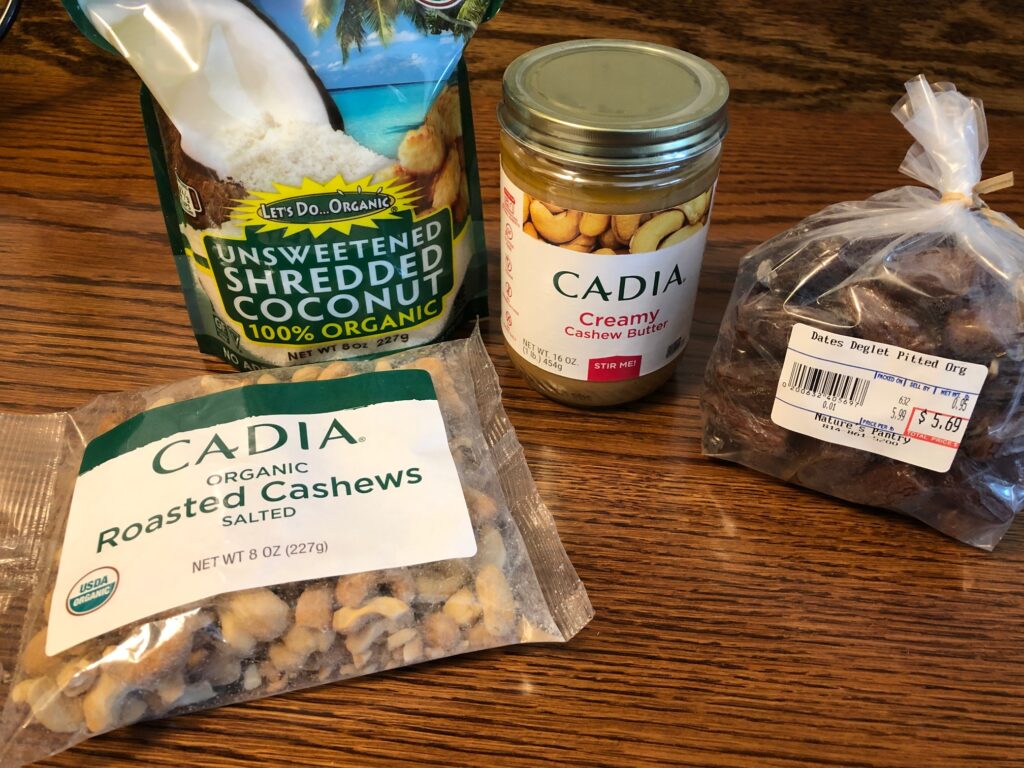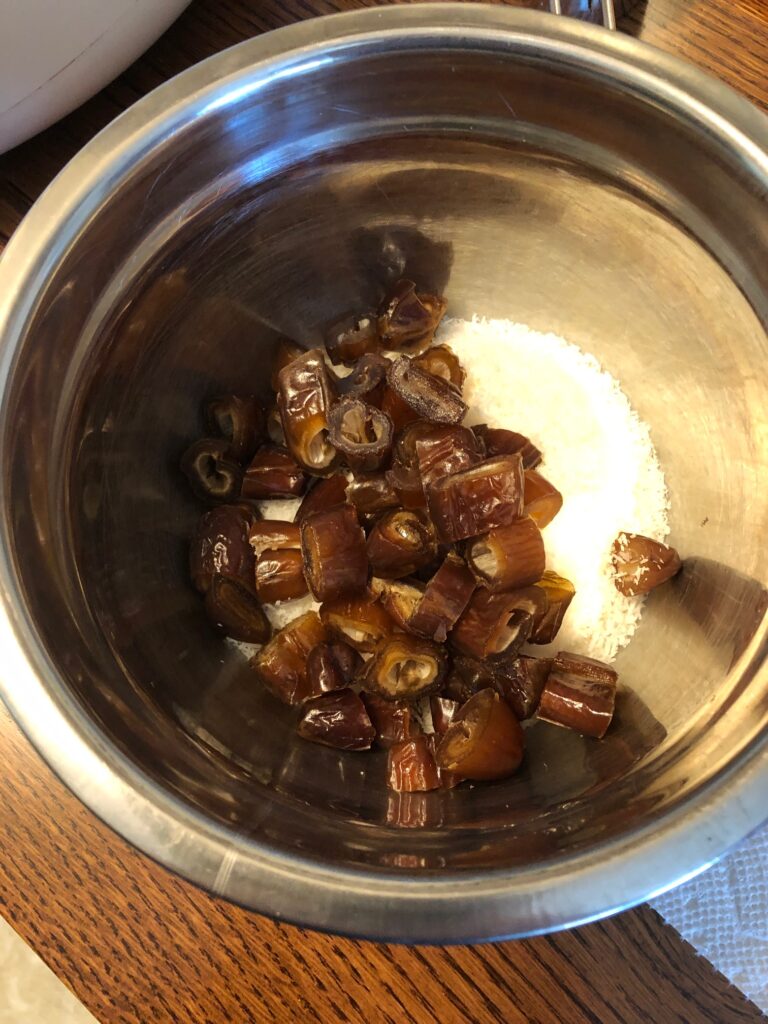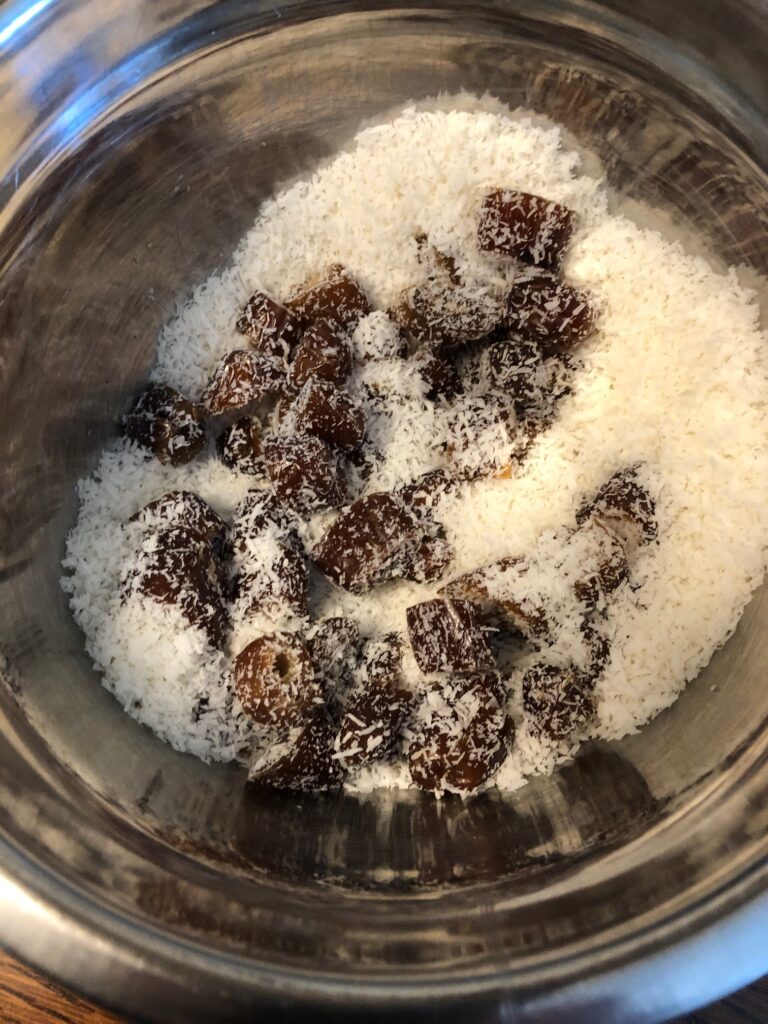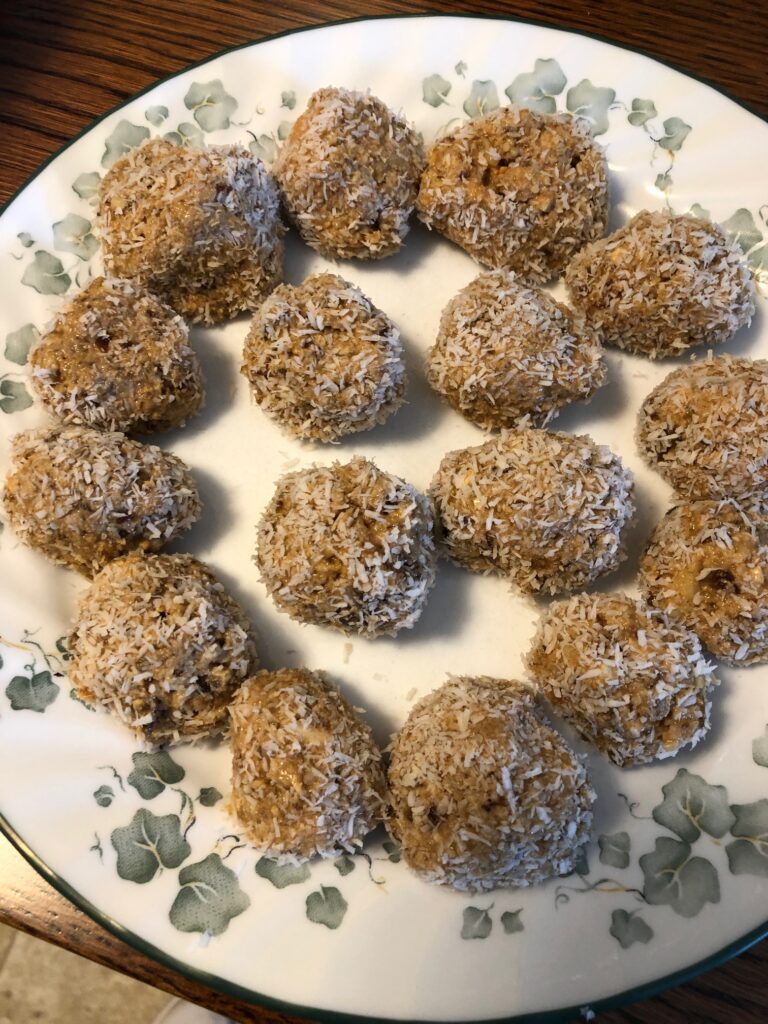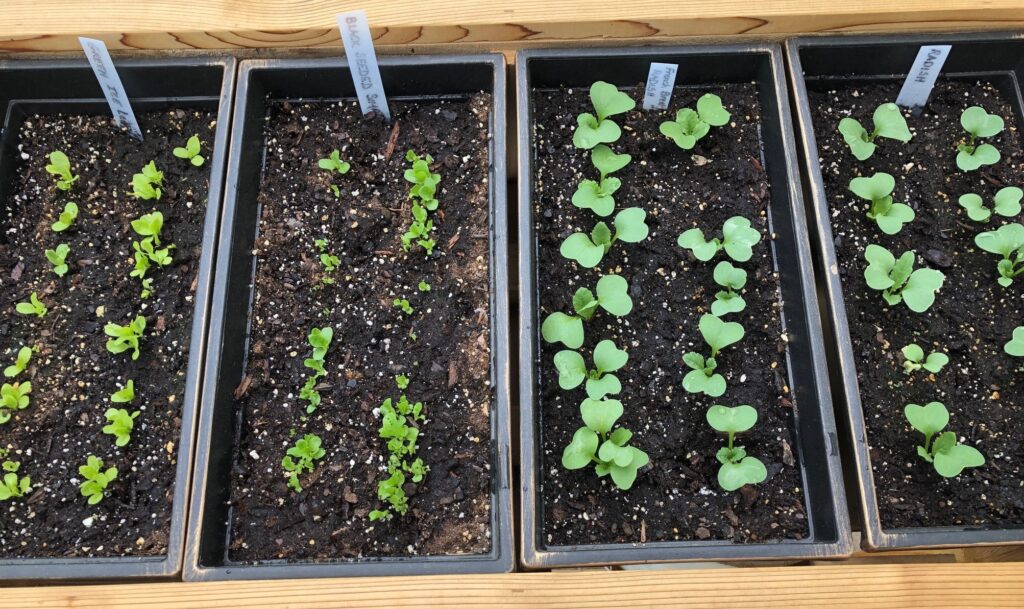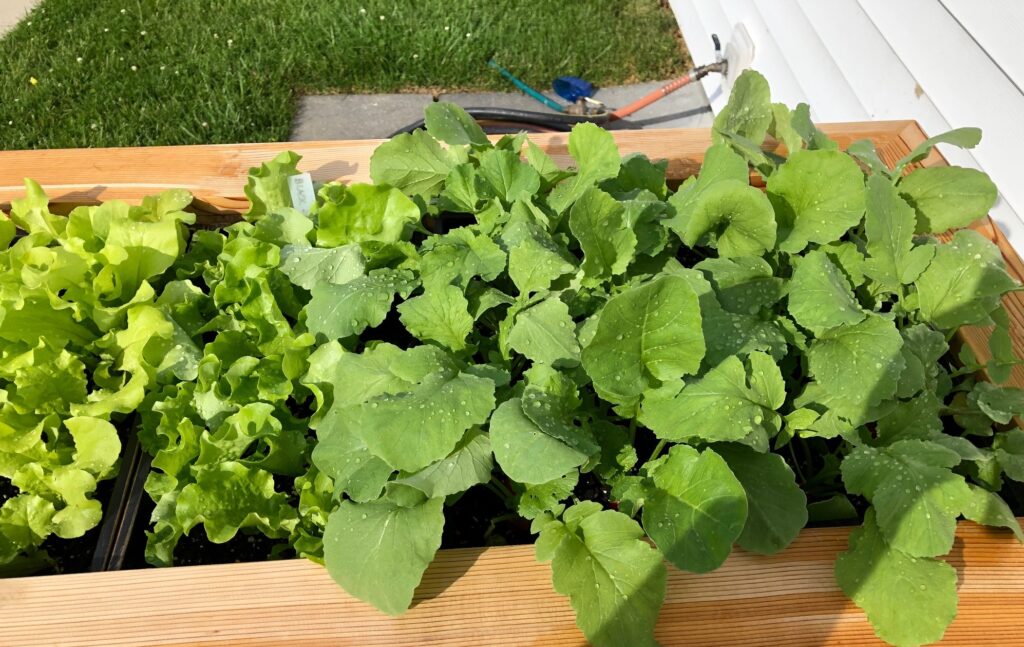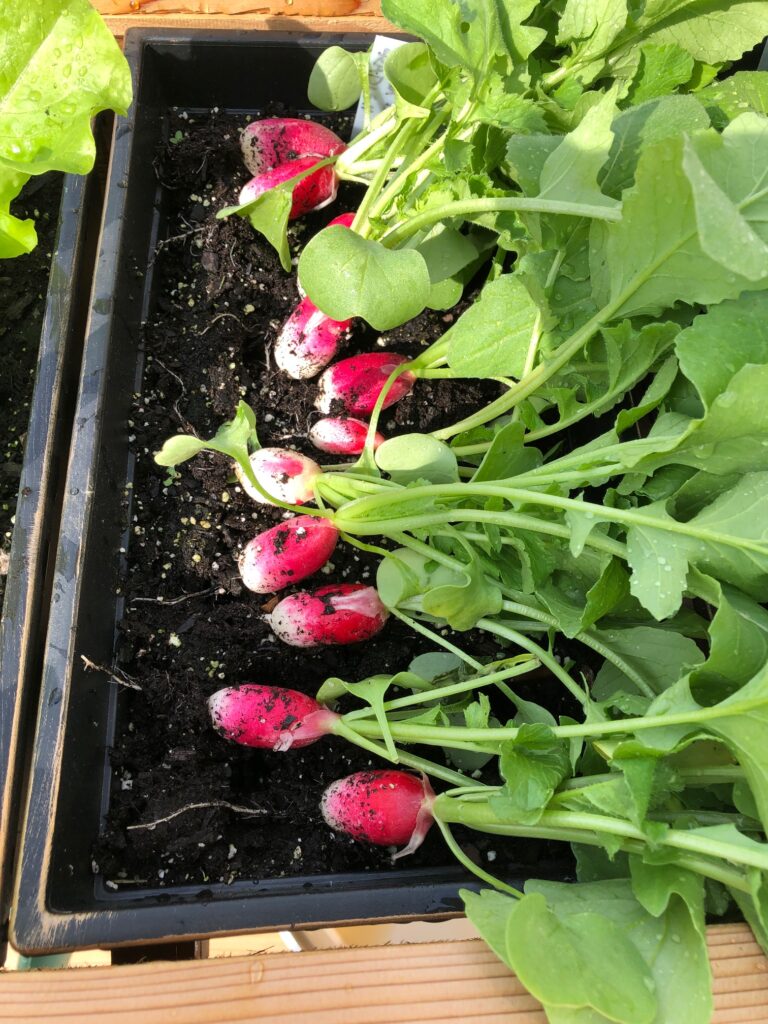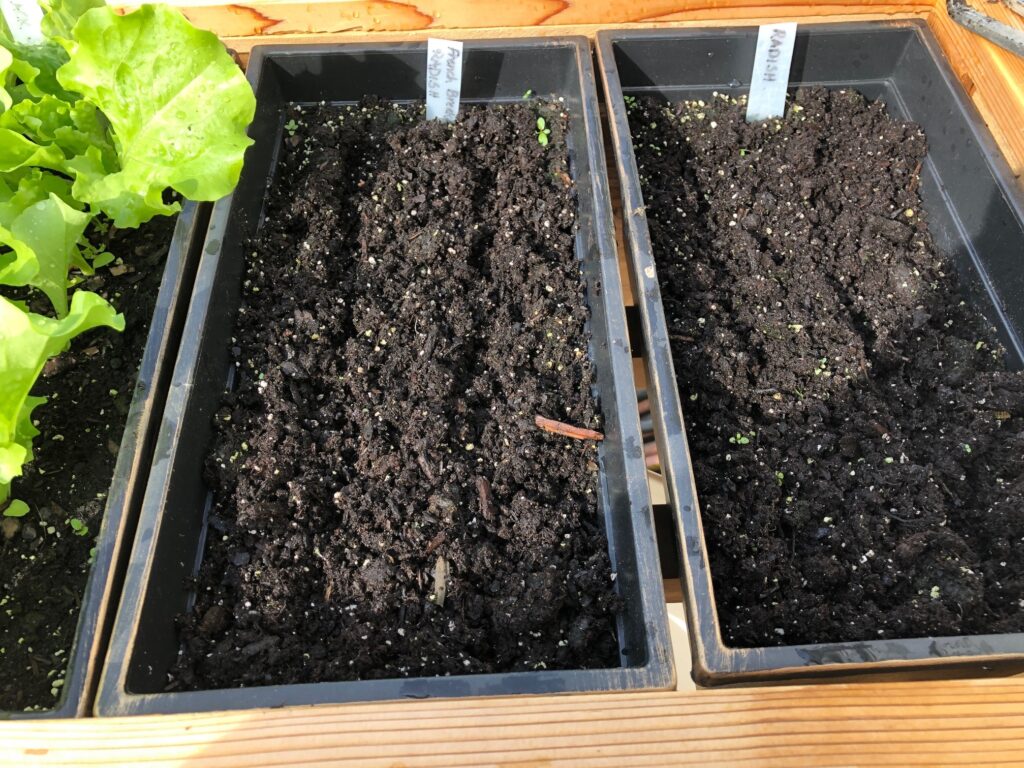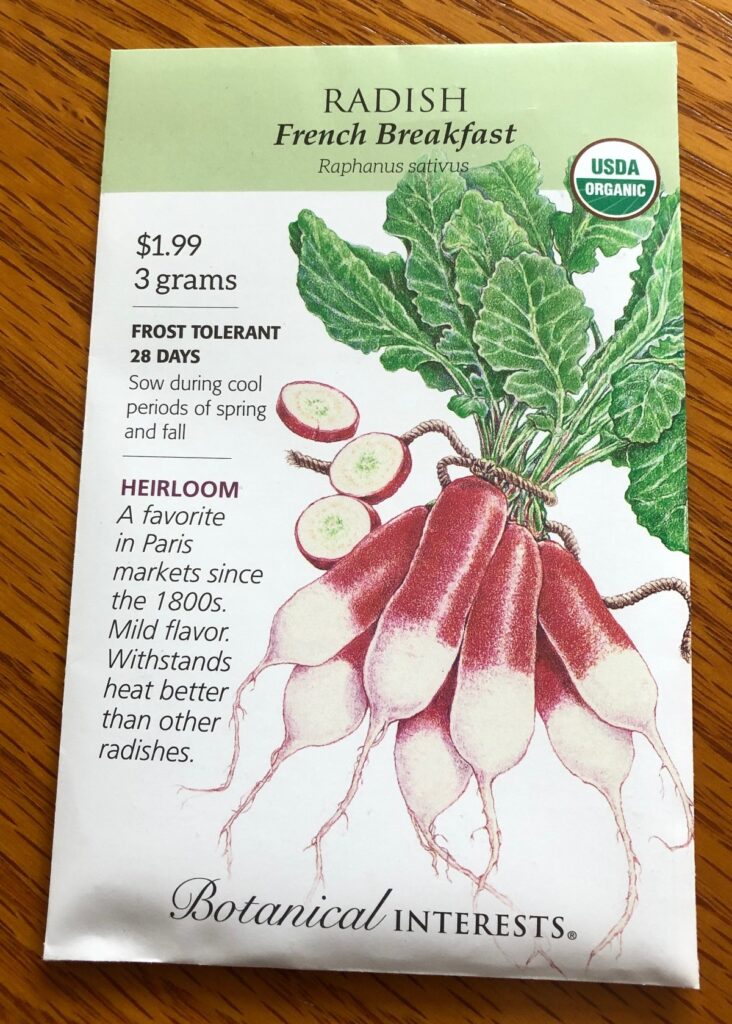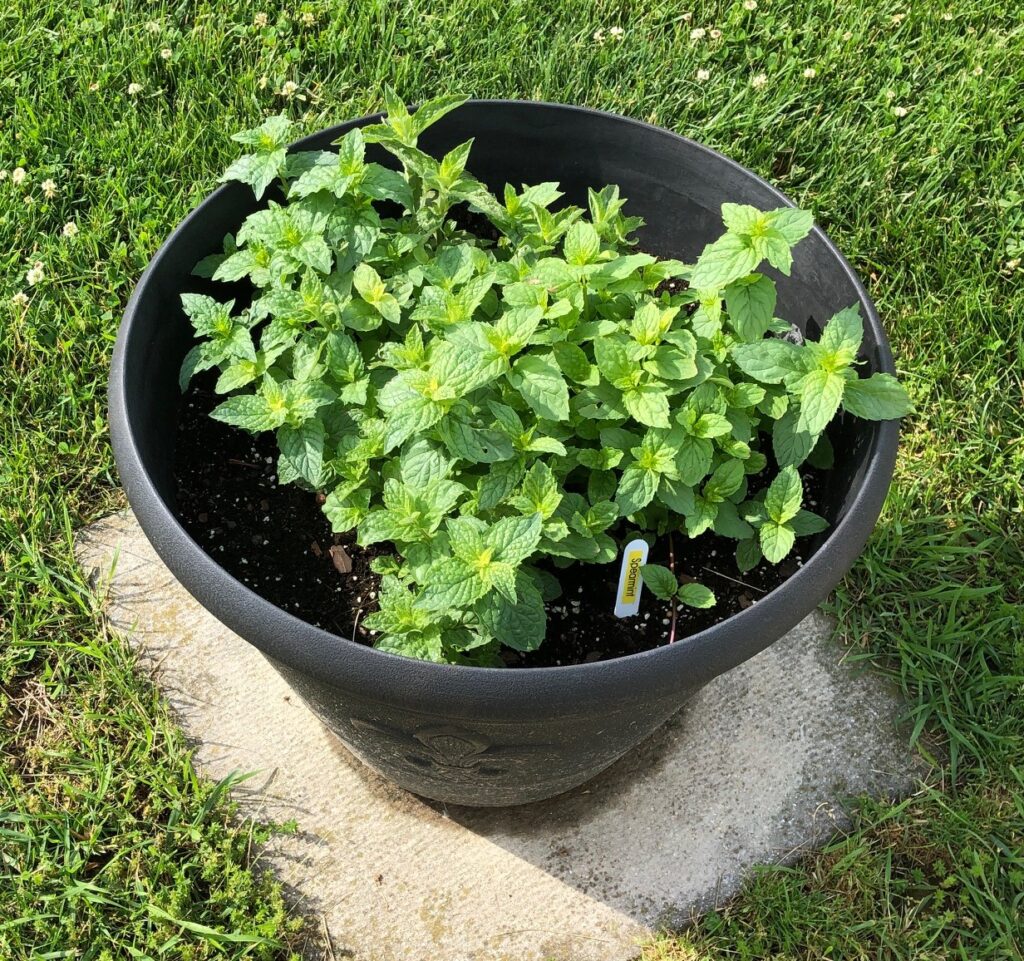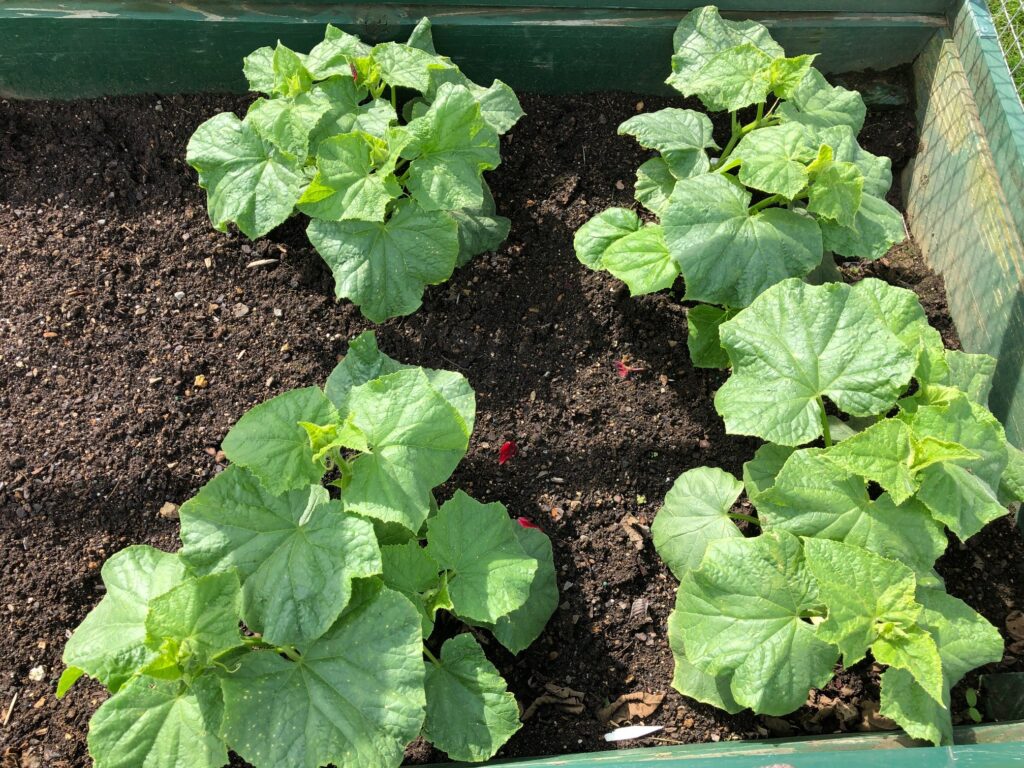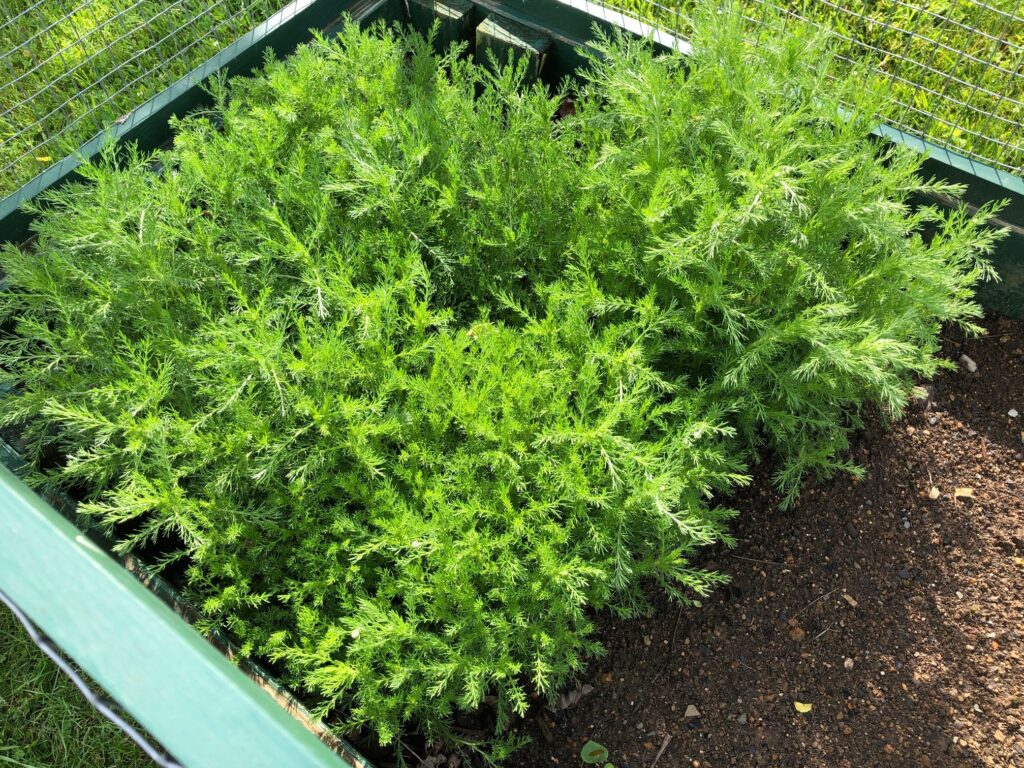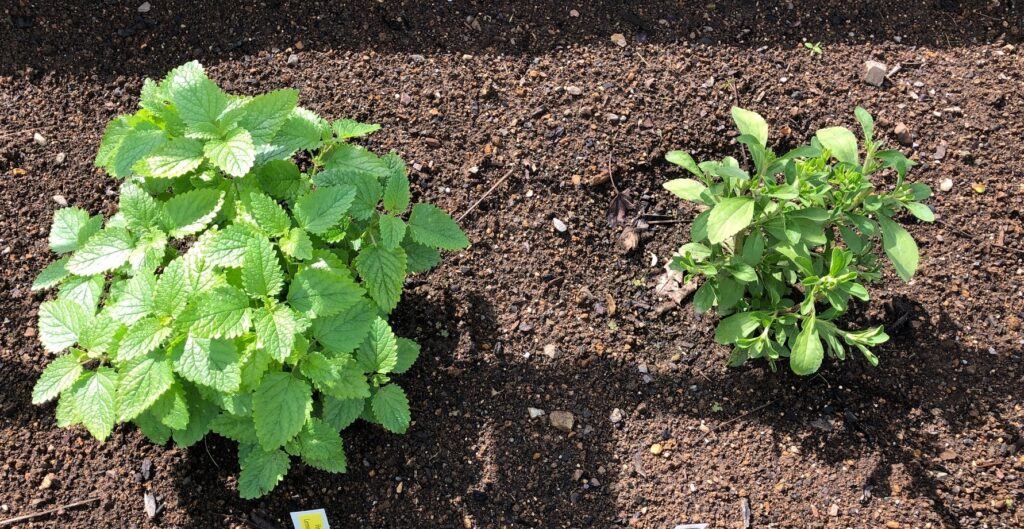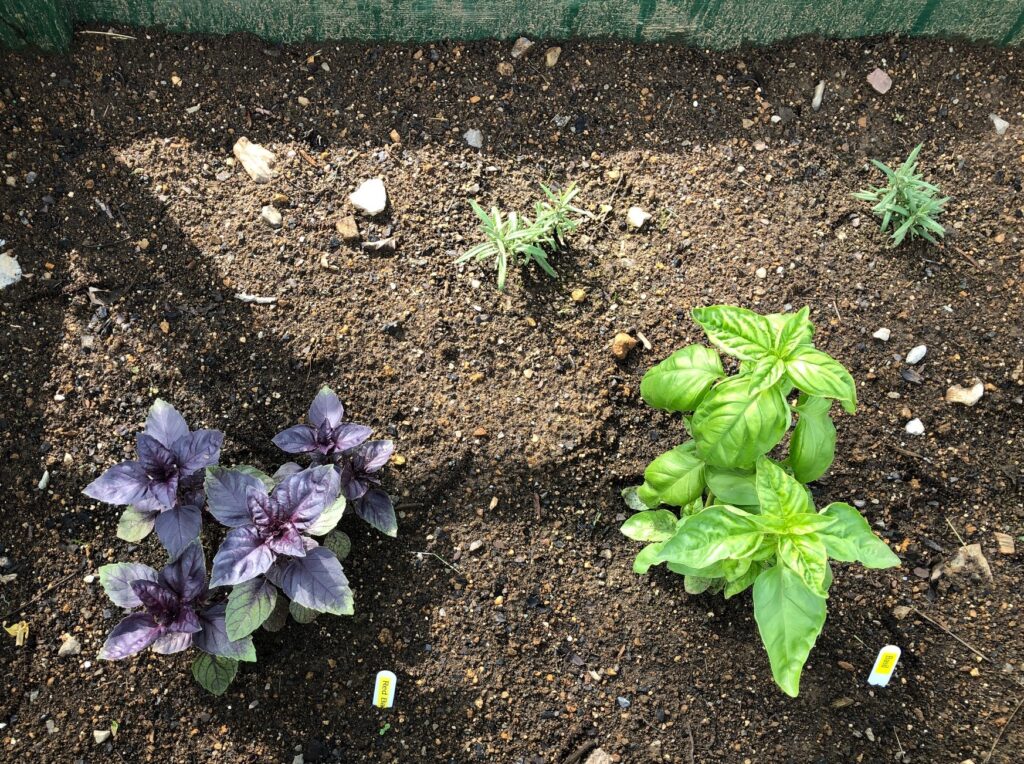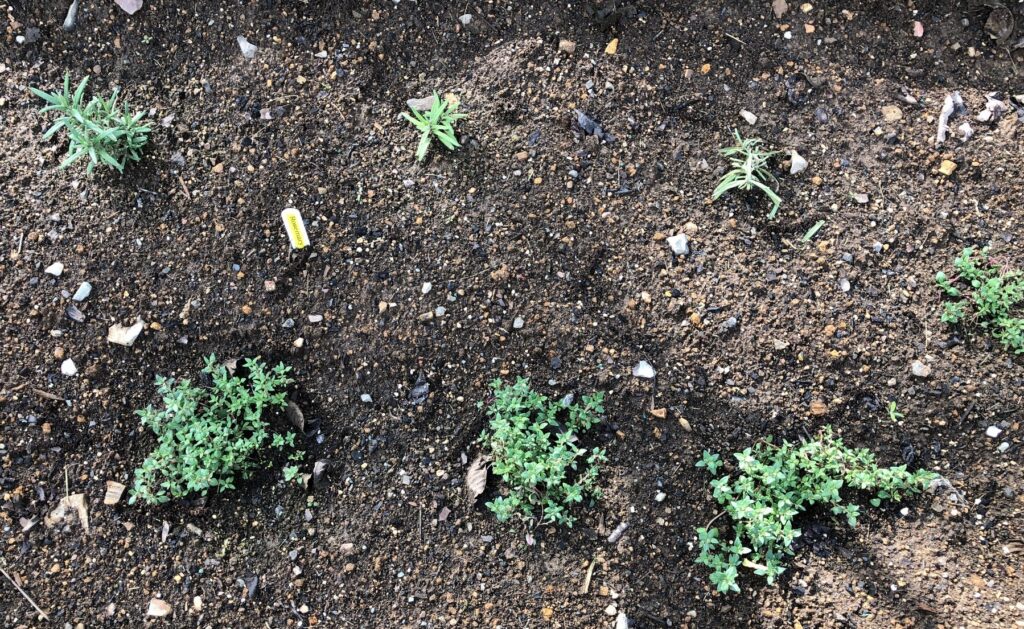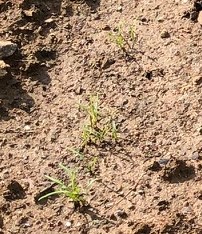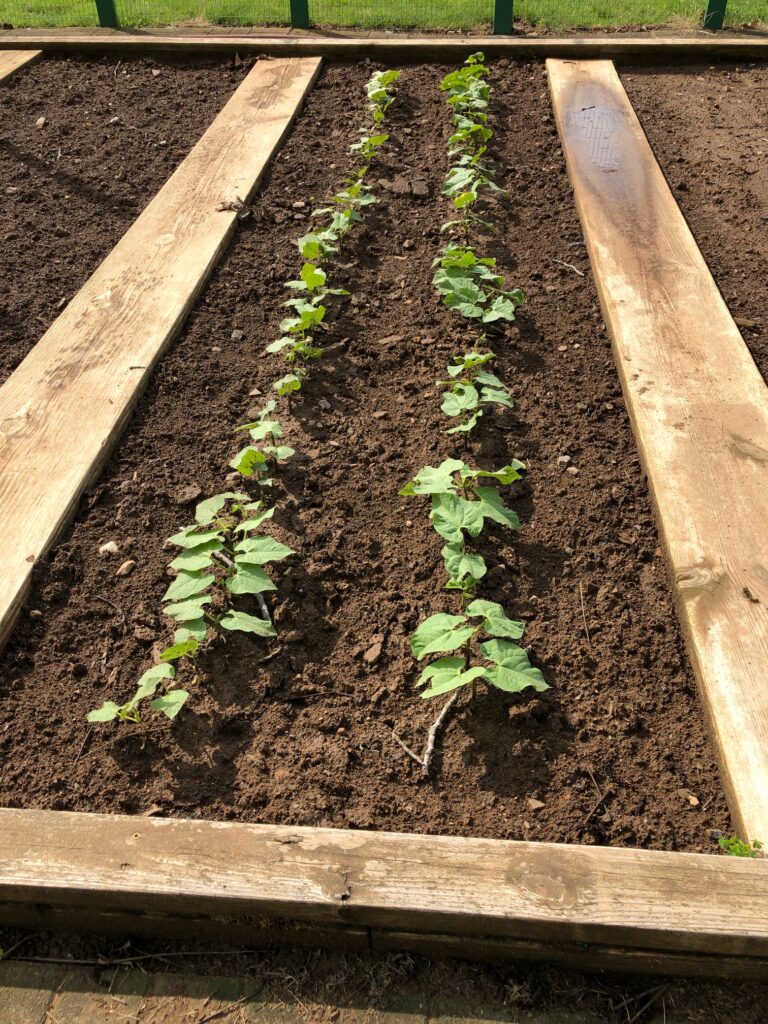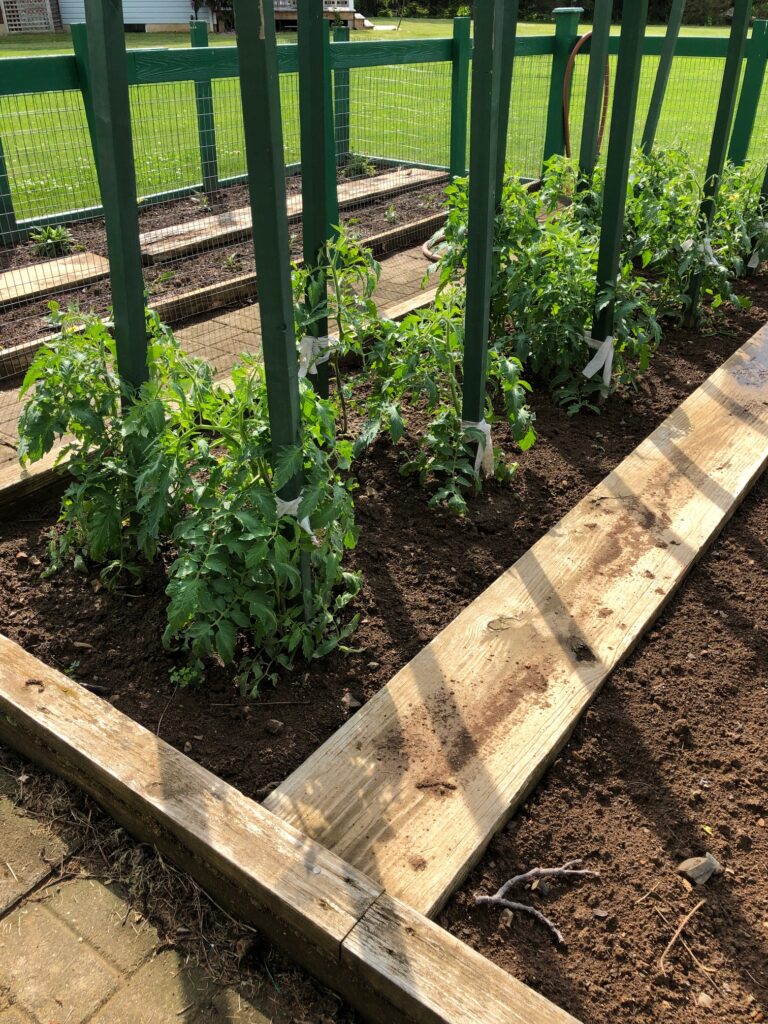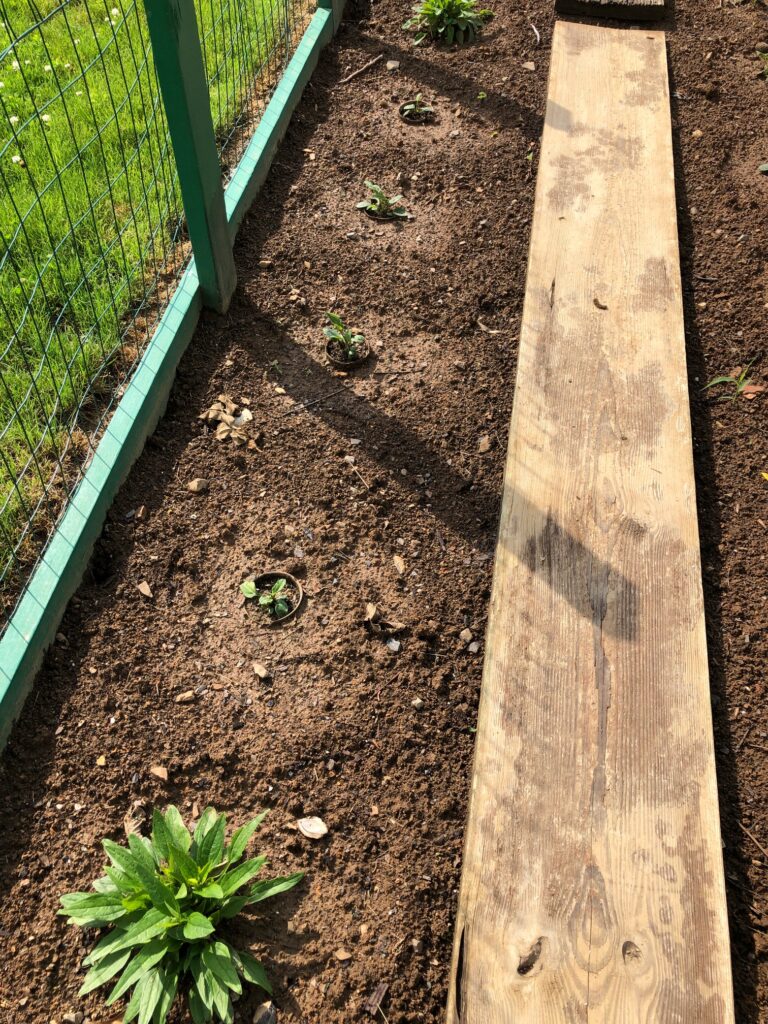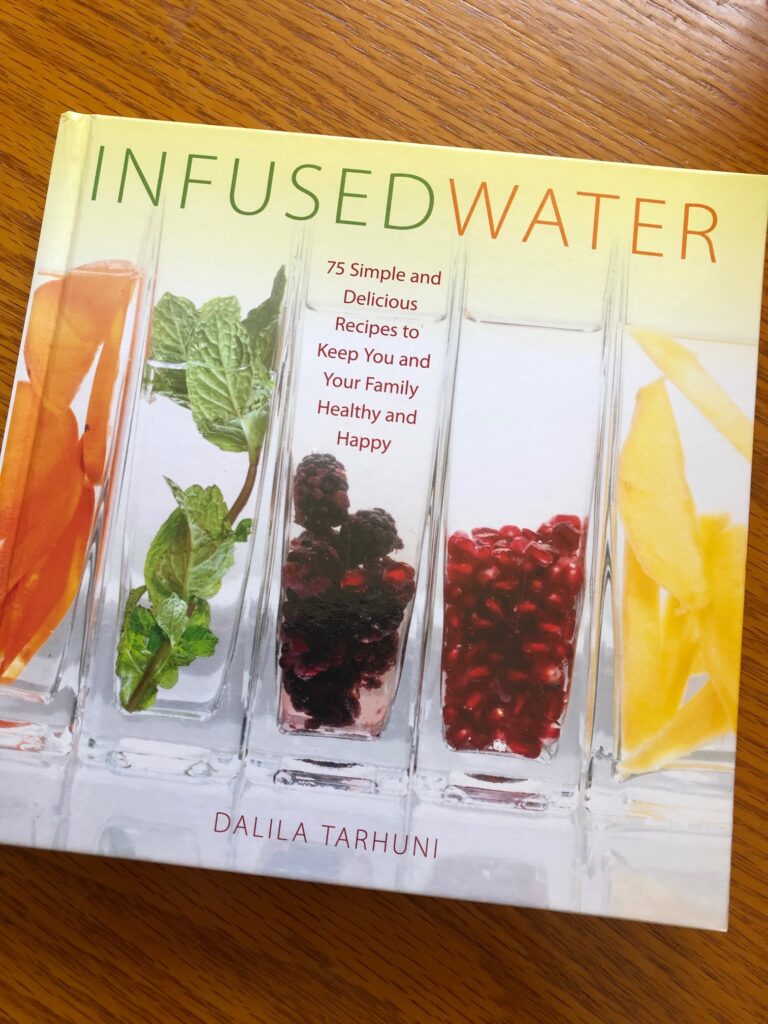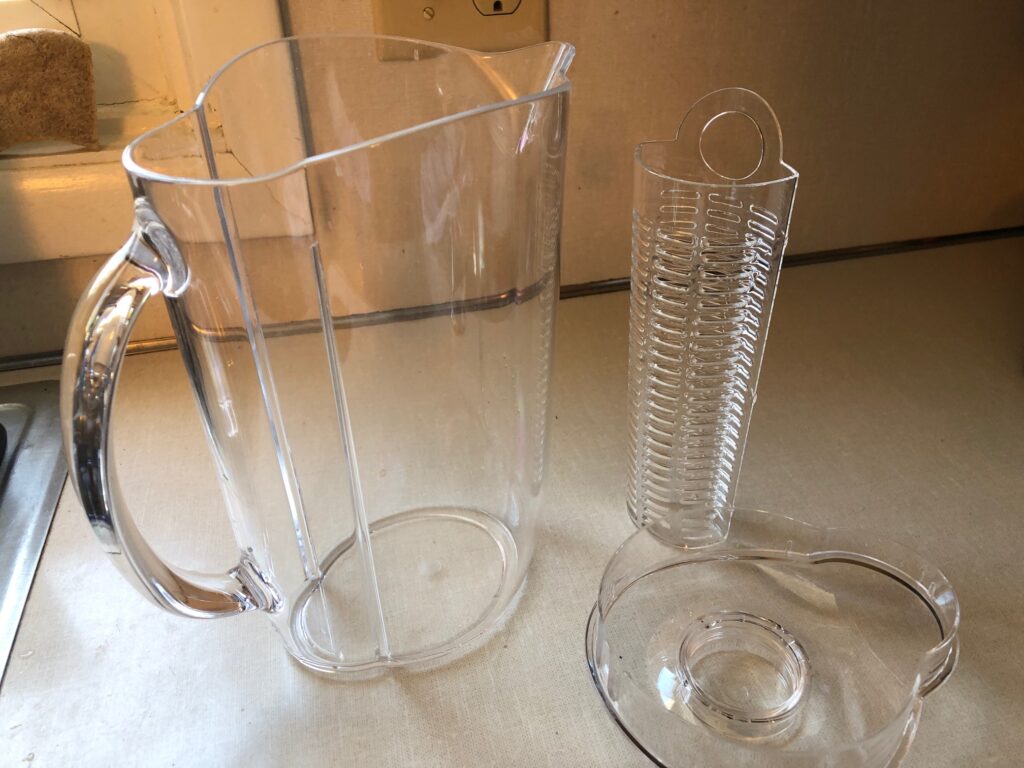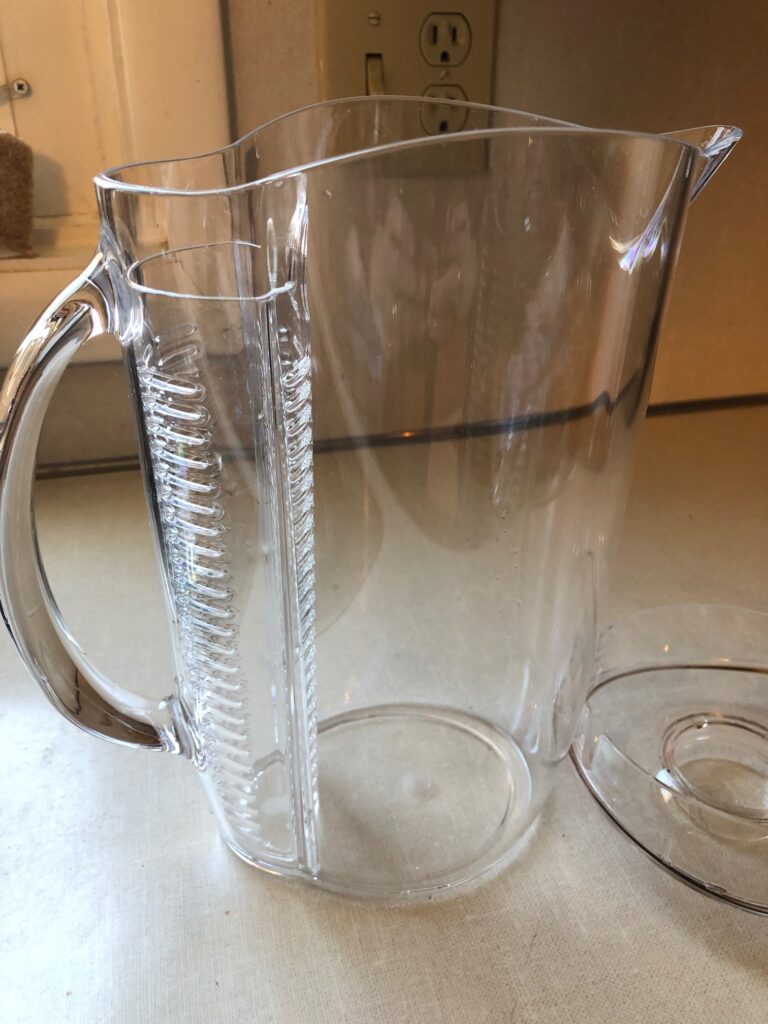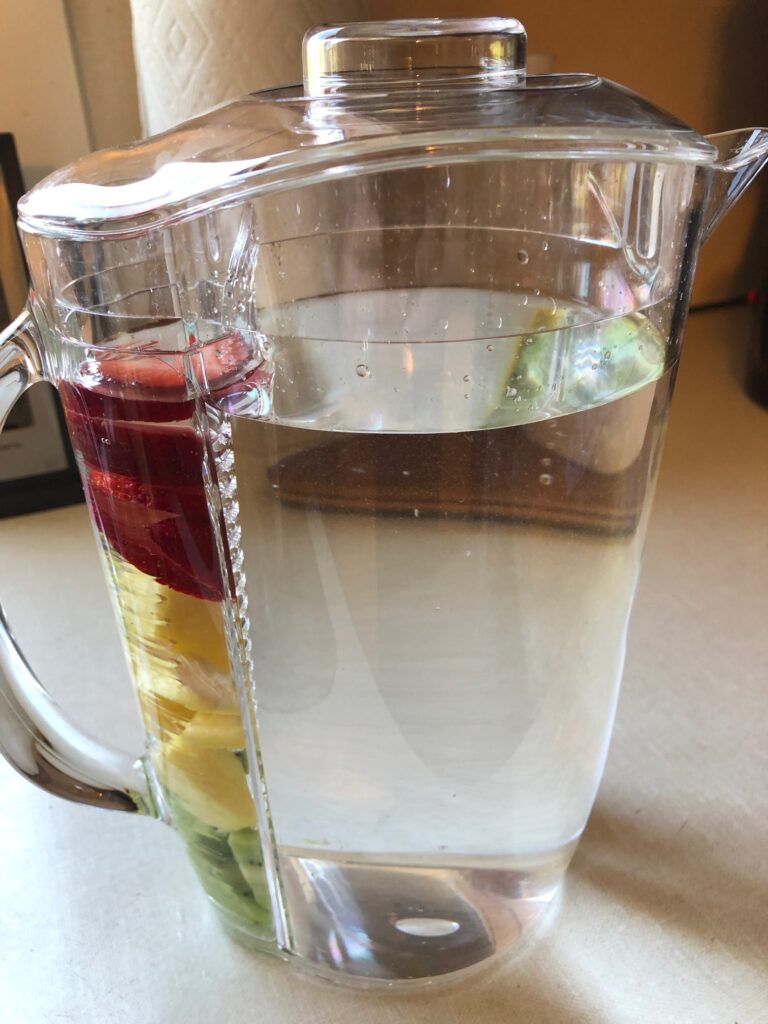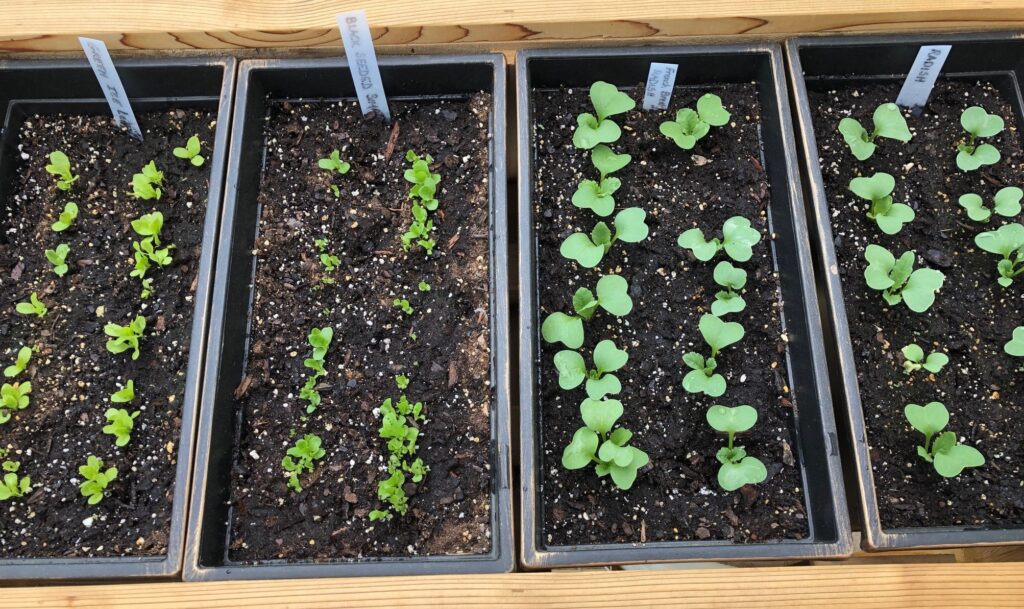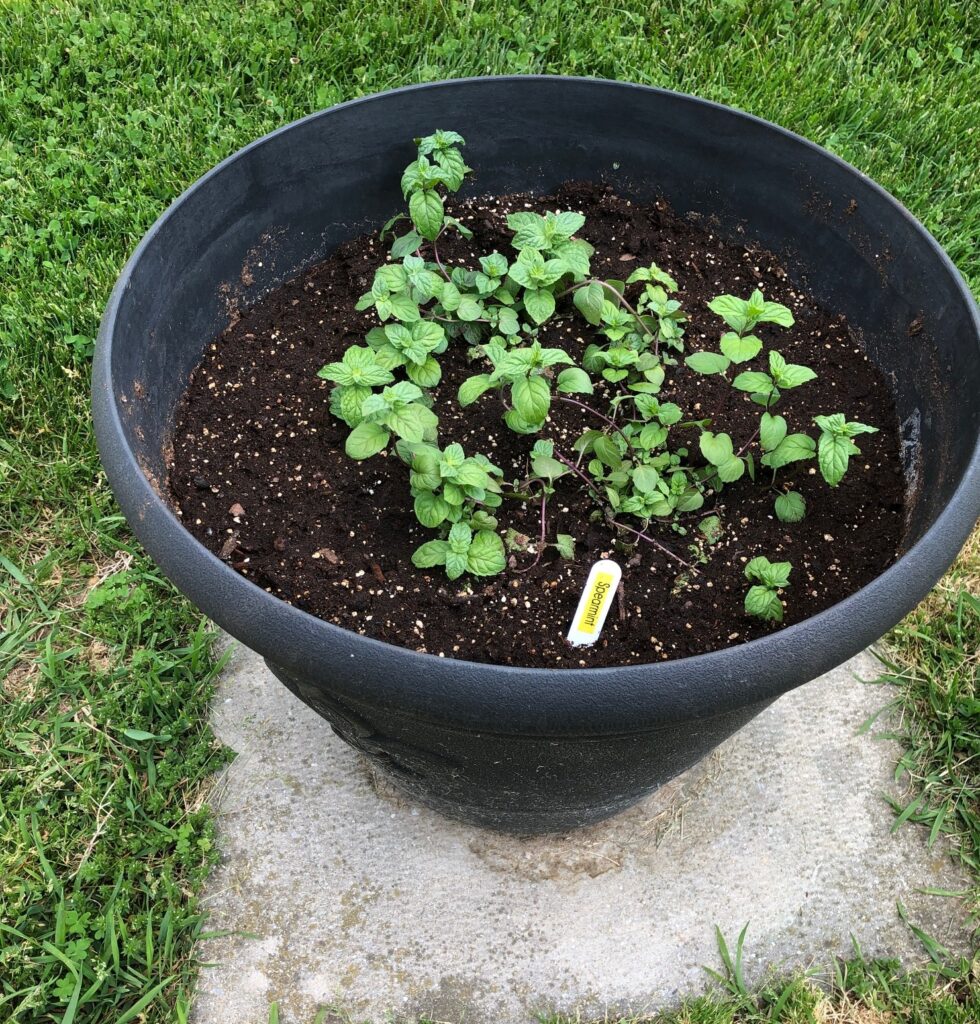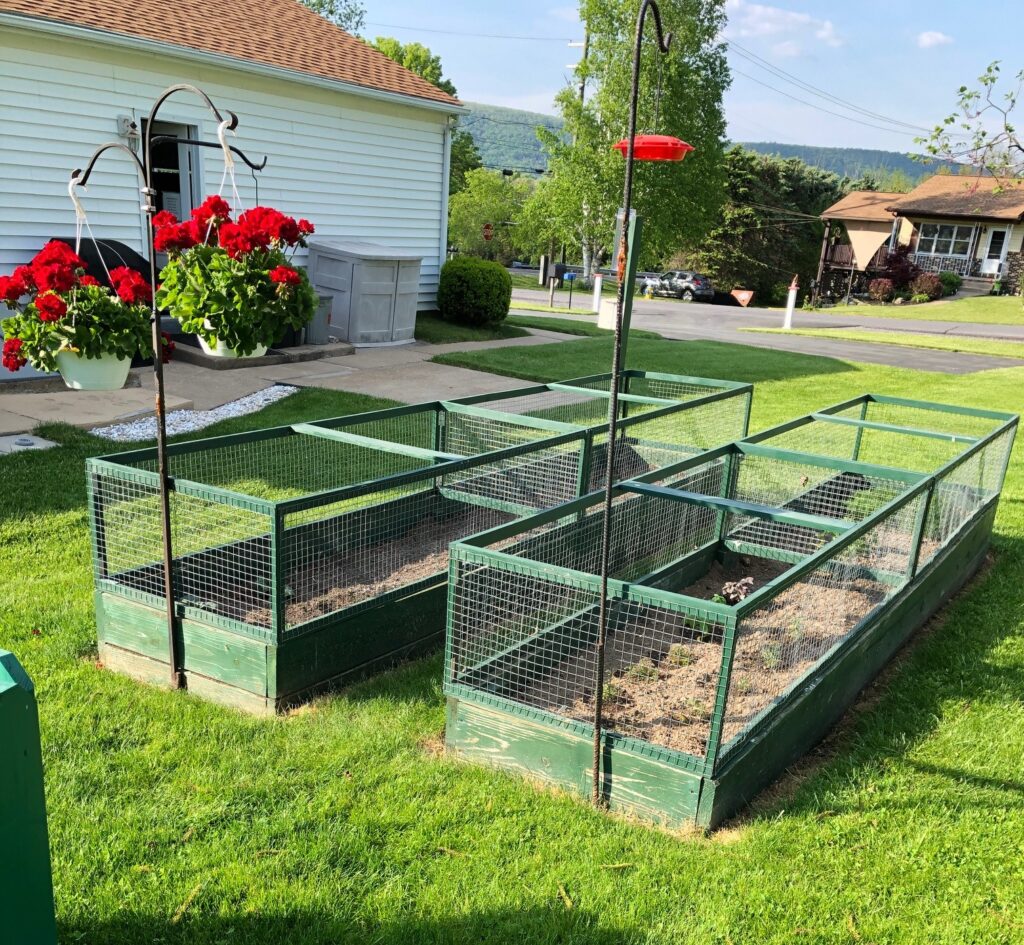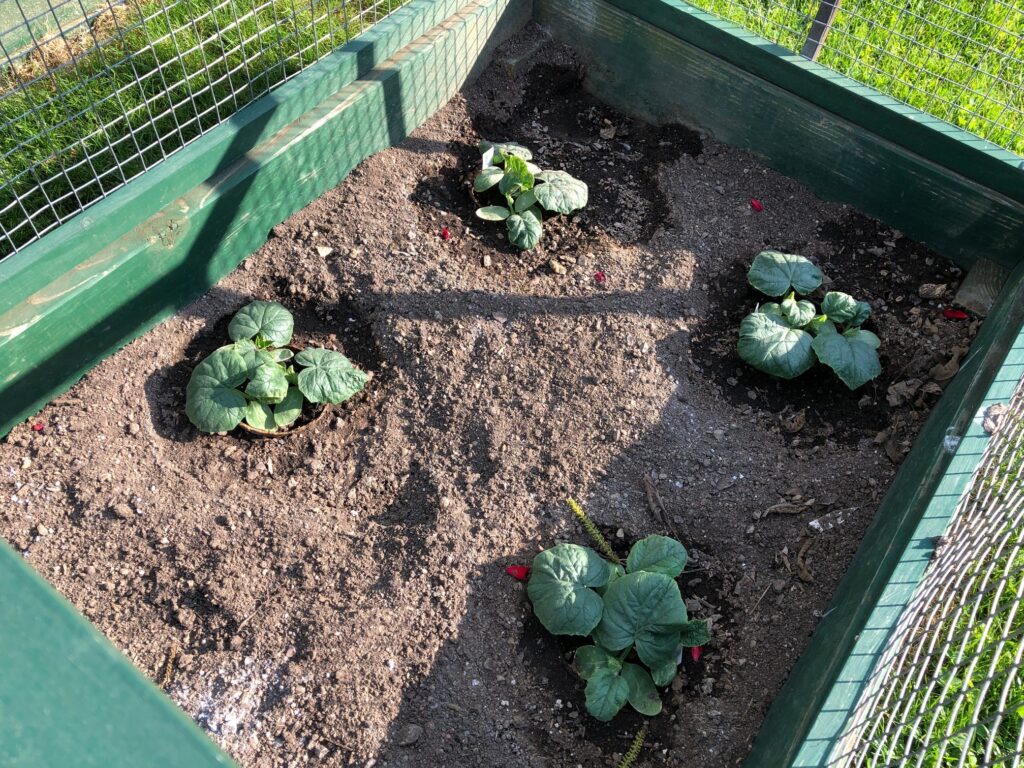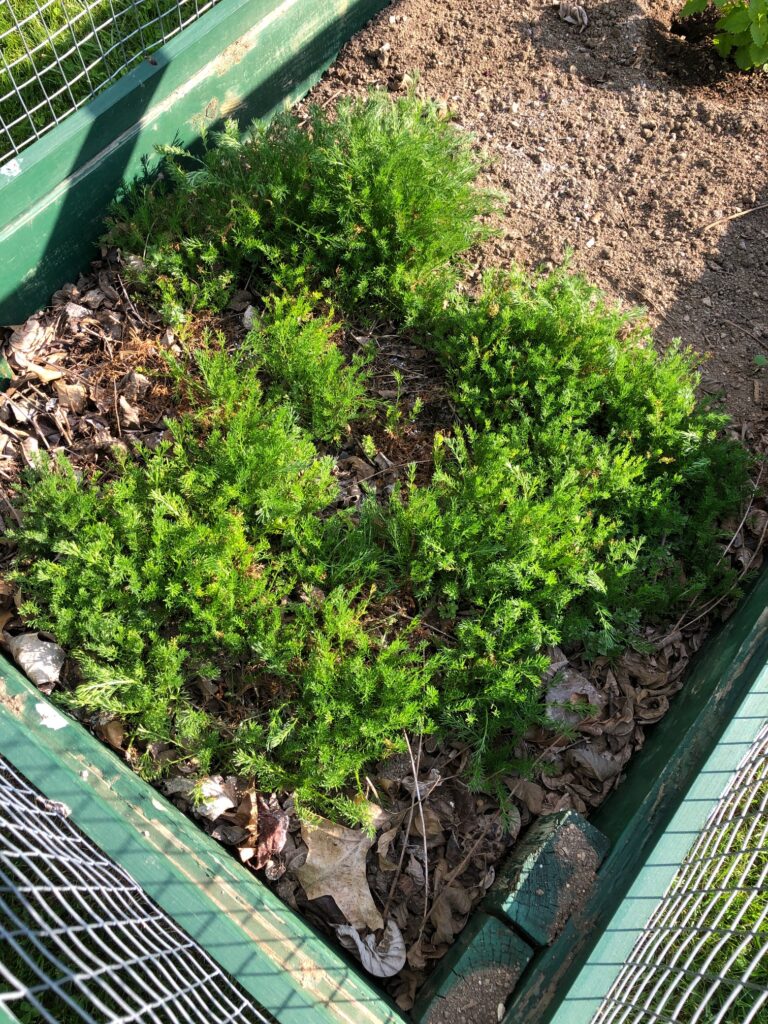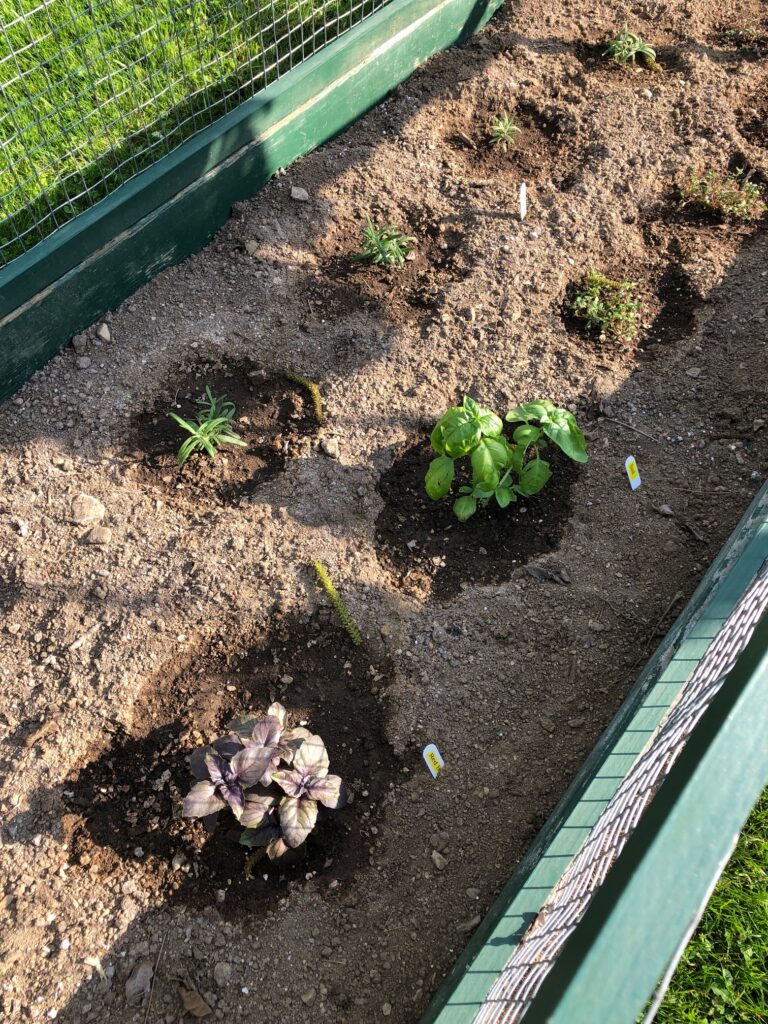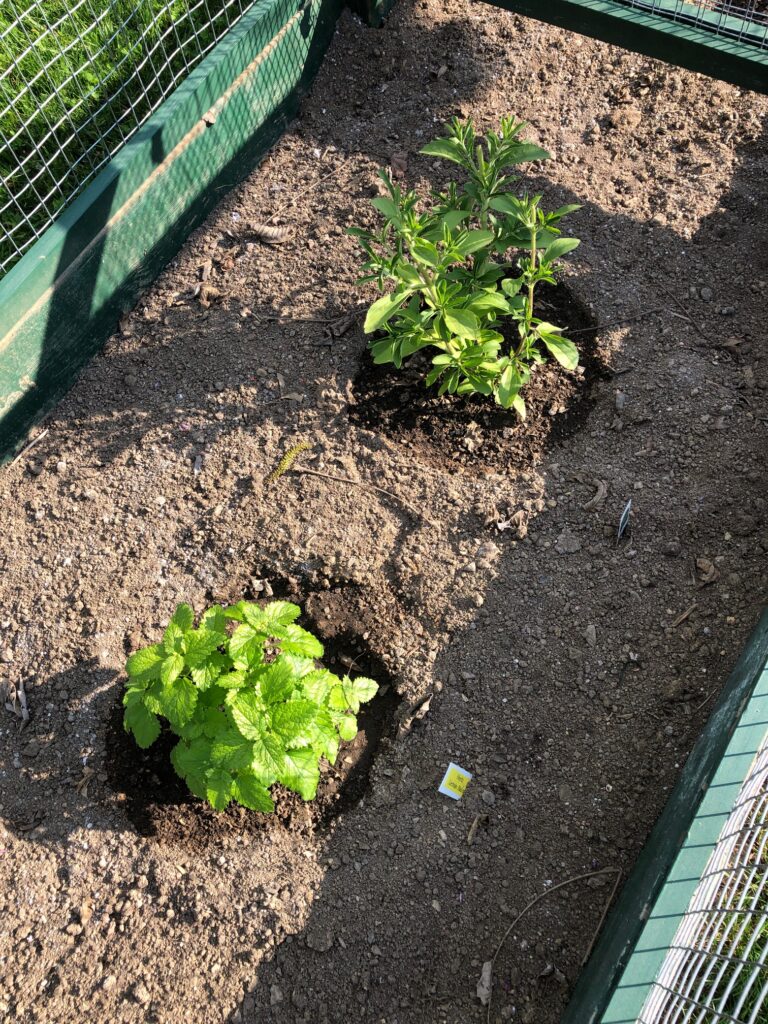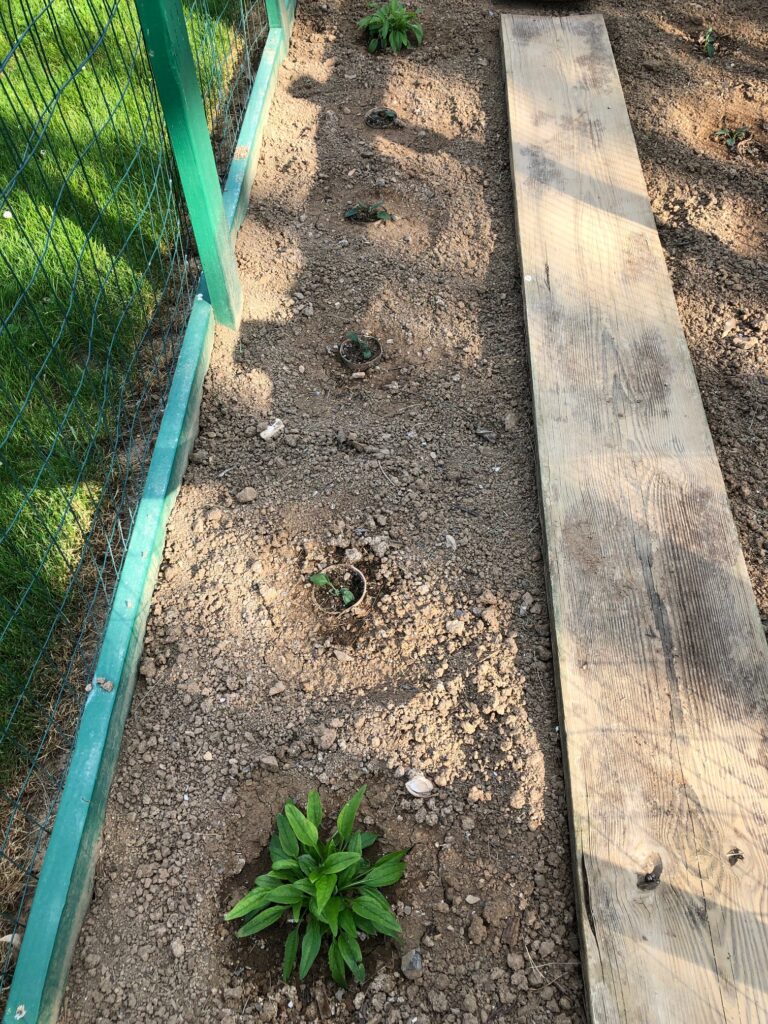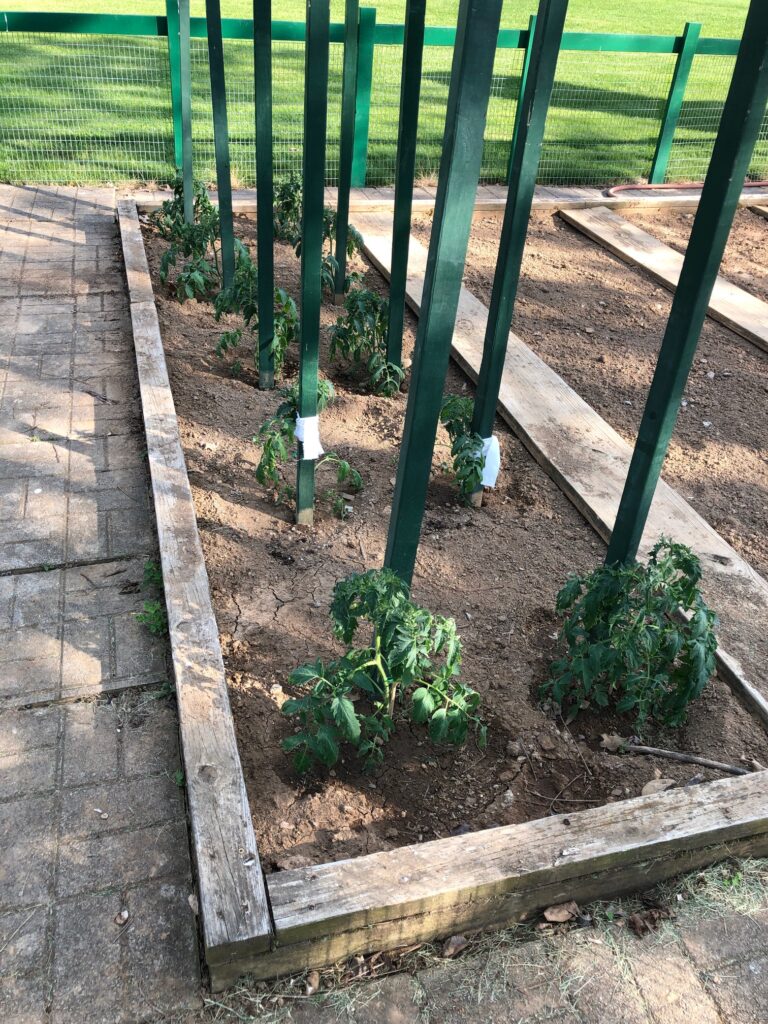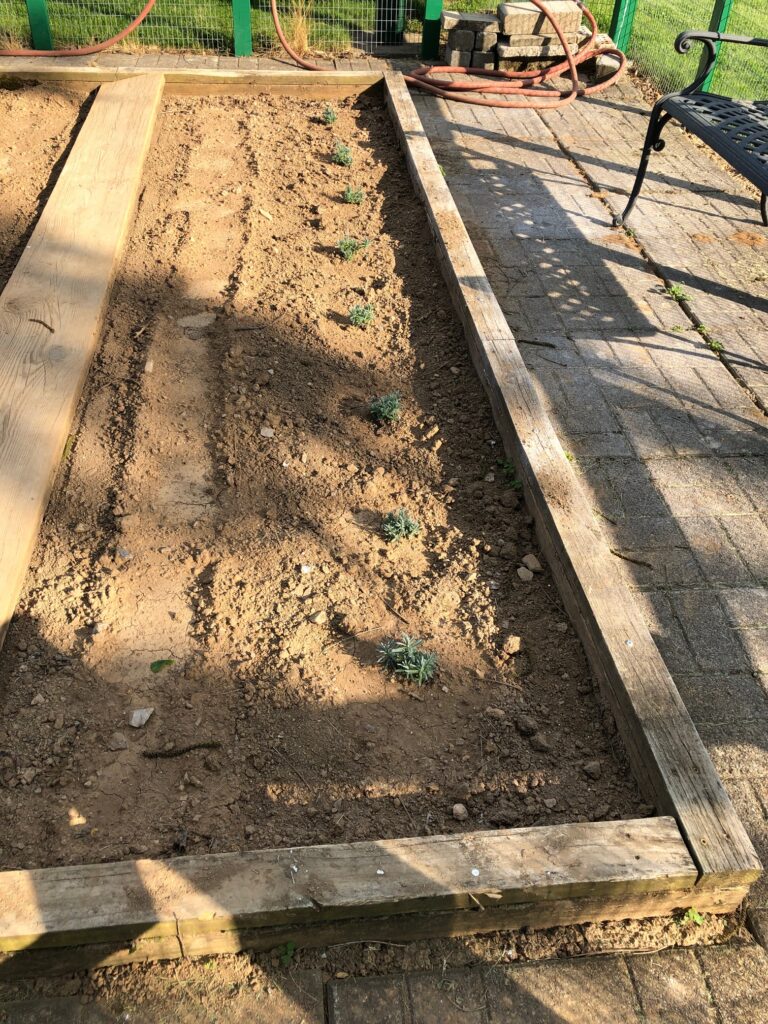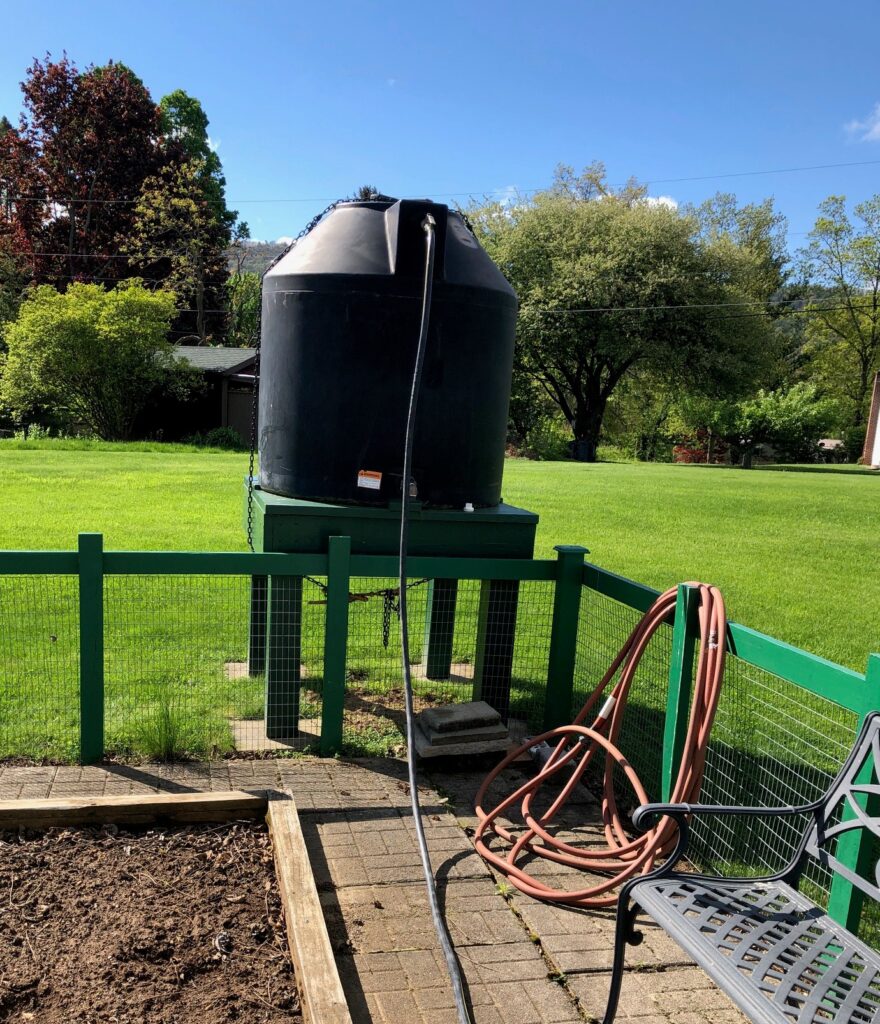I always have winter vegetable soup in mind when I’m planning my summer garden. Eating fresh produce is wonderful, but in Pennsylvania if we depended on our small garden for everything, we would be pretty hungry this time of the year. Lots of tiny green beans and hard green tomatoes, but that’s about it. Even with local farmers’ markets, most of us are limited by our frost dates. Yes, there are some folks with greenhouses, high tunnels and cold frames, but if you look at where much of the produce at our grocery stores is shipped from, you’ll notice locations and countries across the globe.
One of the books I re-read every spring for inspiration is by Barbara Kingsolver, titled Animal, Vegetable, Miracle: A Year of Food Life, (2007).
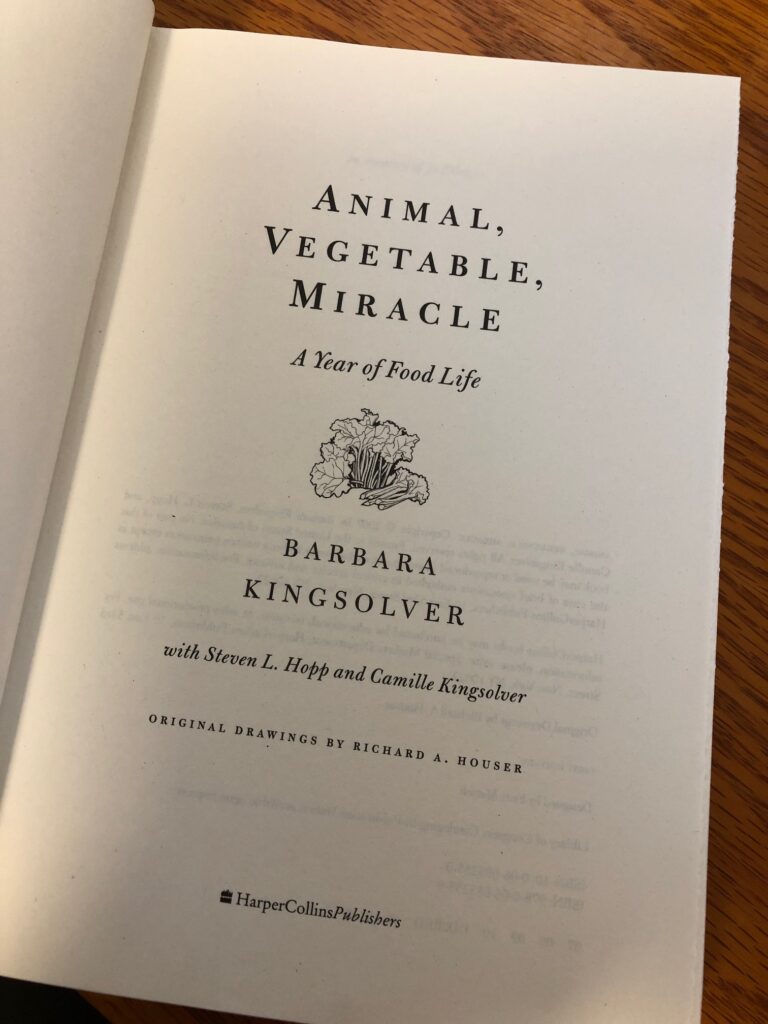
This is a non-fictional account of her family as they move from Arizona to a family farm property in Virginia. She documented their efforts to eat only what could be grown in their local area, beginning with asparagus in the early spring through the next spring, using foods they had grown and preserved. This account is a good reminder of how many of our families had to survive before foods were transported from far off lands. It was a very dedicated family project!
To me this was an incredible effort to show how it can be done by adjusting our daily recipes to use local foods and finding ways to preserve the foods we do grow so we can use them in the winter, spring and early summer.
I have no interest in trying to duplicate their year-long project, but I am inspired to find ways to preserve the foods we do grow so they are available in the winter. I have grown basil, parsley, thyme and oregano in the past. I still have little jars of dried parsley, thyme and oregano in the cupboard. I needed more basil flakes, so I made sure I had some in the garden this year. Last year I dehydrated kale just for fun. That made a nice addition to vegetable also.
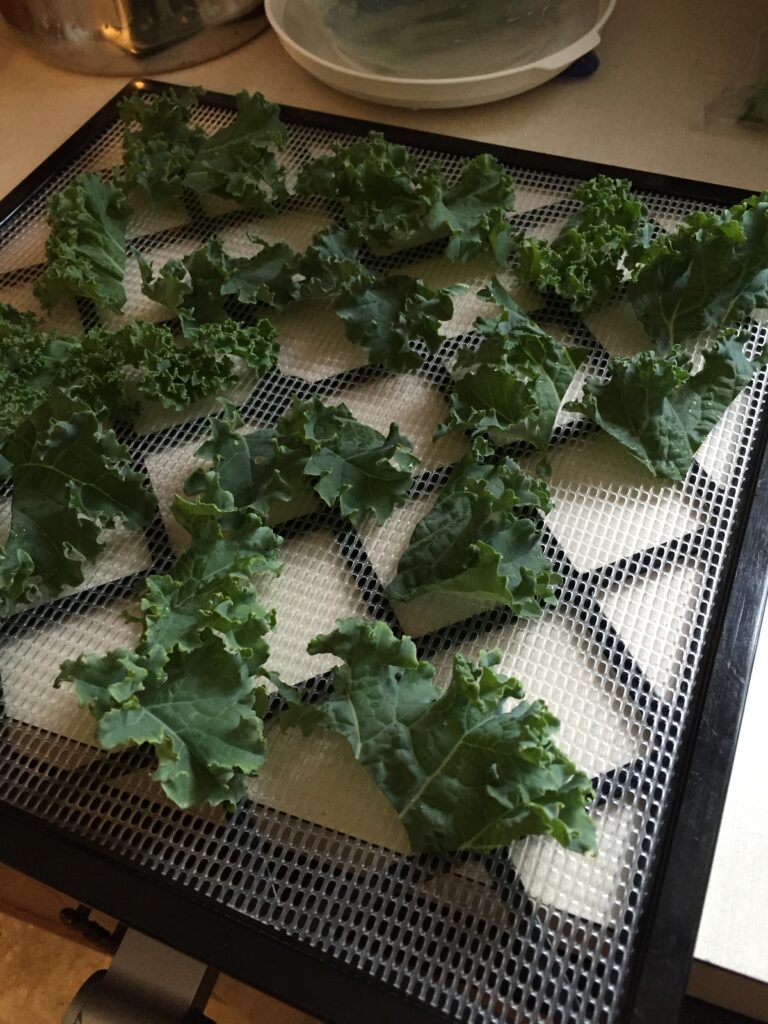
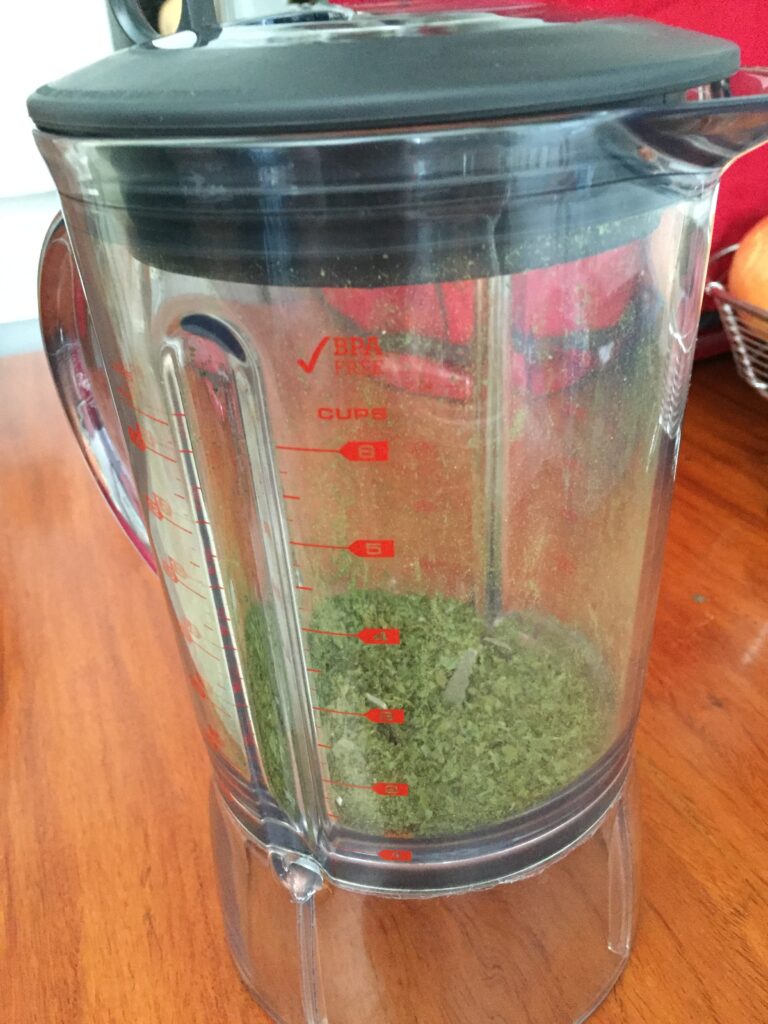
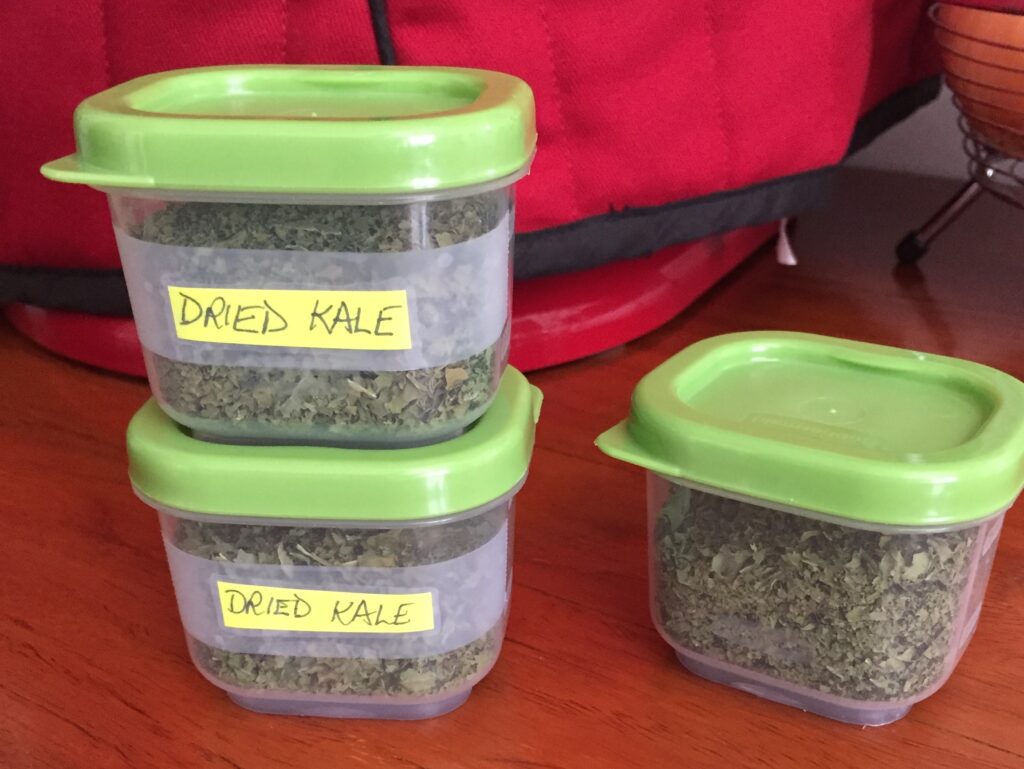
Our tomatoes will be cut up, cooked enough to soften them and canned or frozen to be added to soup or made into spaghetti sauce. (Sorry…no pictures of canned tomatoes…all gone! It will be several months before I have any ripe tomatoes.)
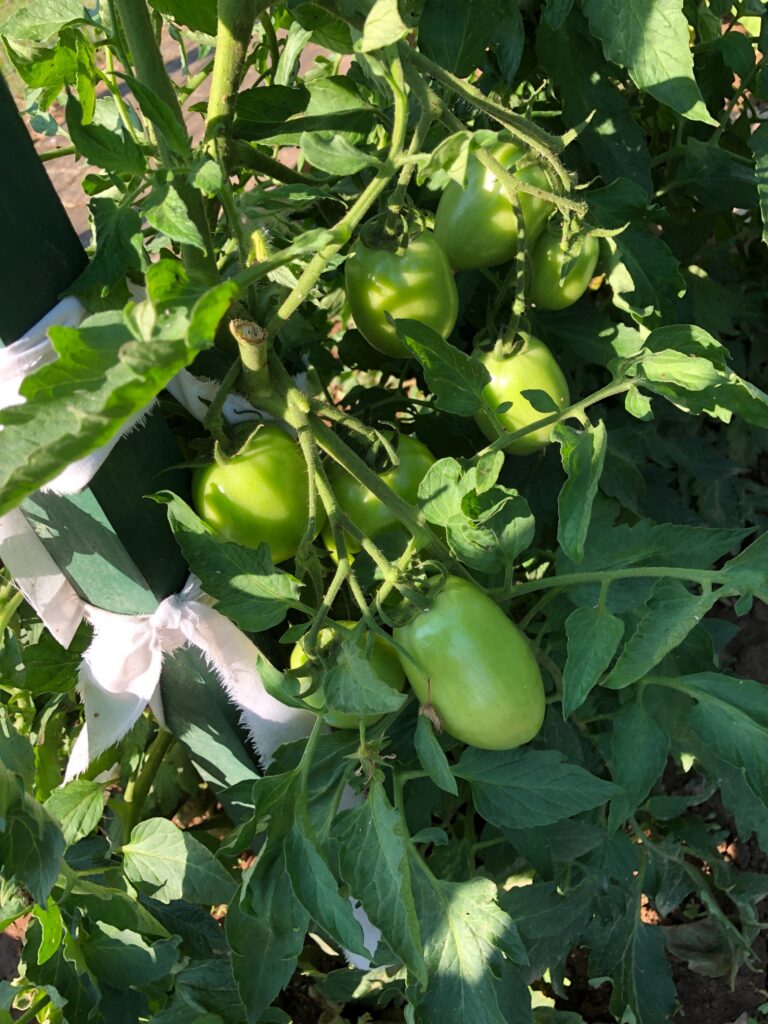
We did not grow corn this year, but we will eat it in season when it’s available at the farmers’ market. We’ll cook a little more than we eat each time, cut it off the cobs and freeze or dehydrate it. At the end of the season, I can pick up a bushel of corn and do a marathon of dehydrating!
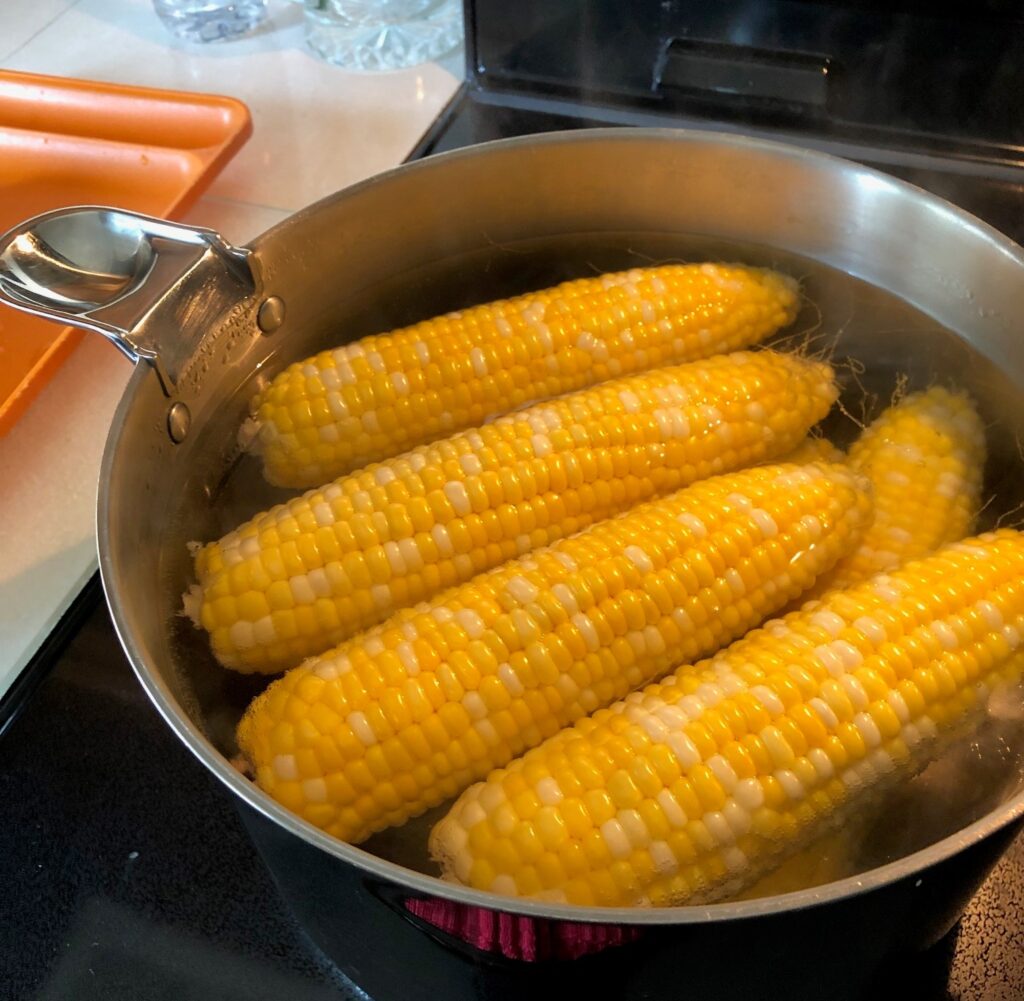
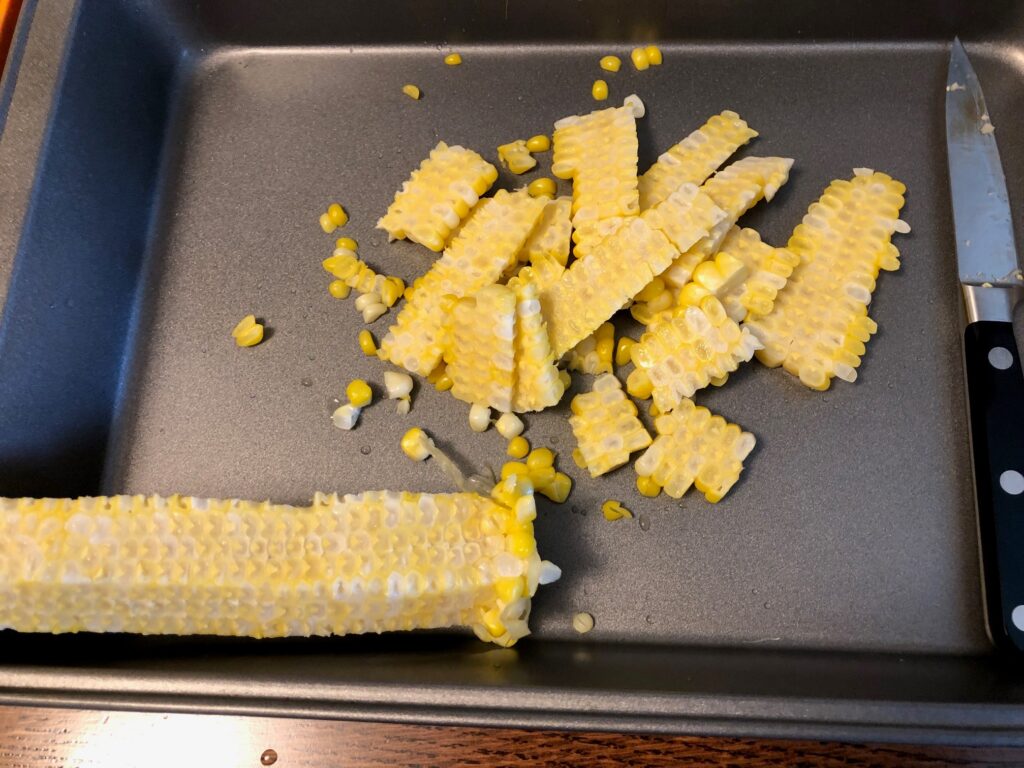
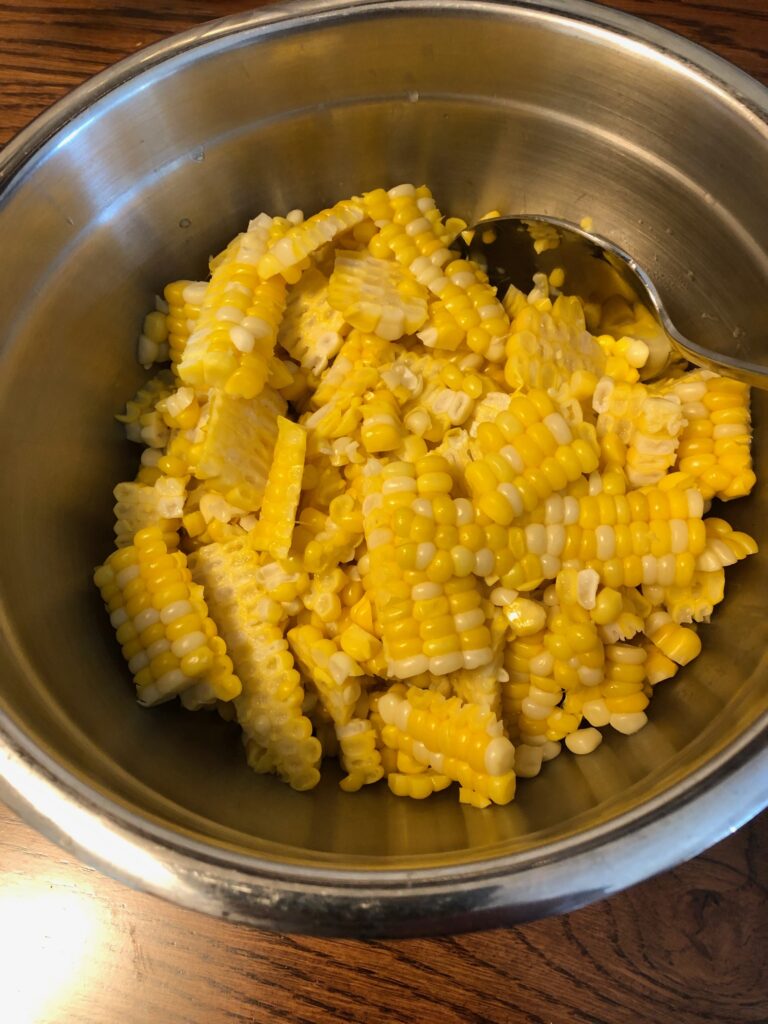

We will eat green beans fresh and the extra is snapped, blanched and dehydrated. They will take up so much less room than frozen!
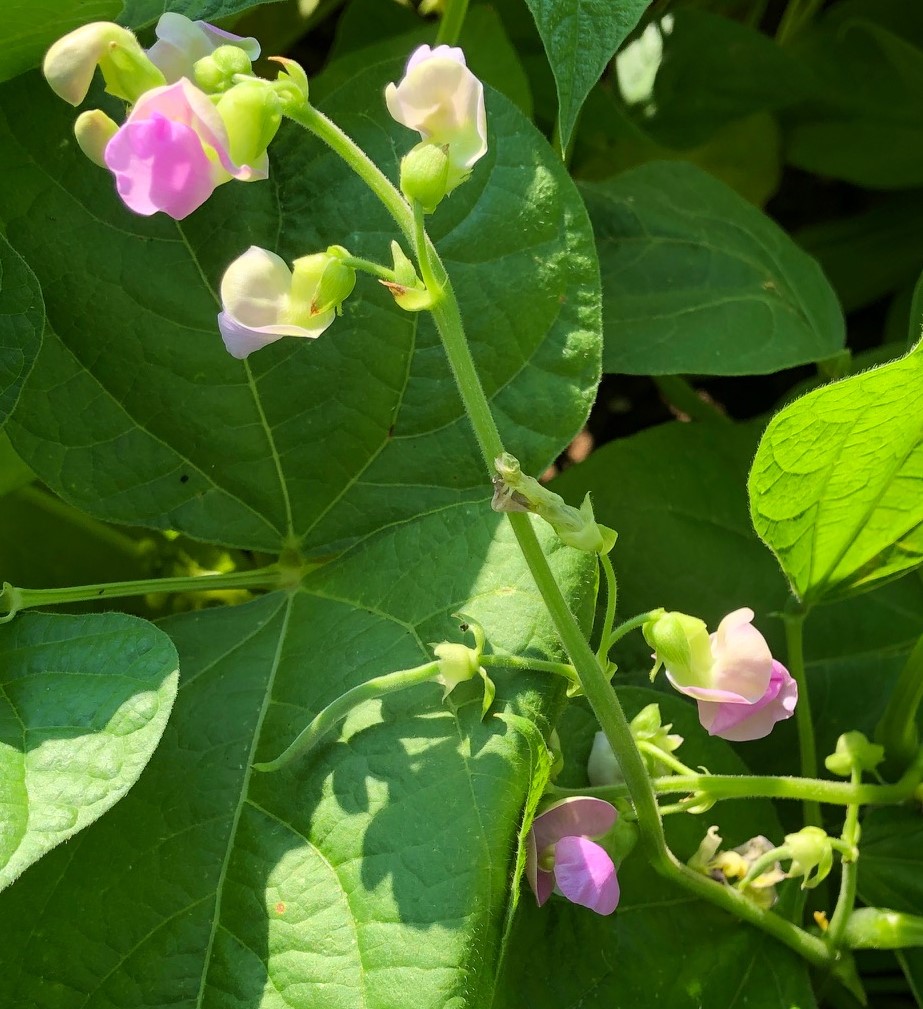
I always try to have dehydrated onions and celery available. They are easy to store and fill in if the celery that has been shipped from California or Mexico doesn’t look good.
And of course, stock! There is usually canned stock or broth in the grocery store, but if I have it in the freezer, I prefer that. When I cook a chicken, I always try to make my own stock. Canning is worth it if I have a huge batch. Otherwise, it goes into the freezer. Check out how to make chicken stock in an earlier post from May 20, 2021.
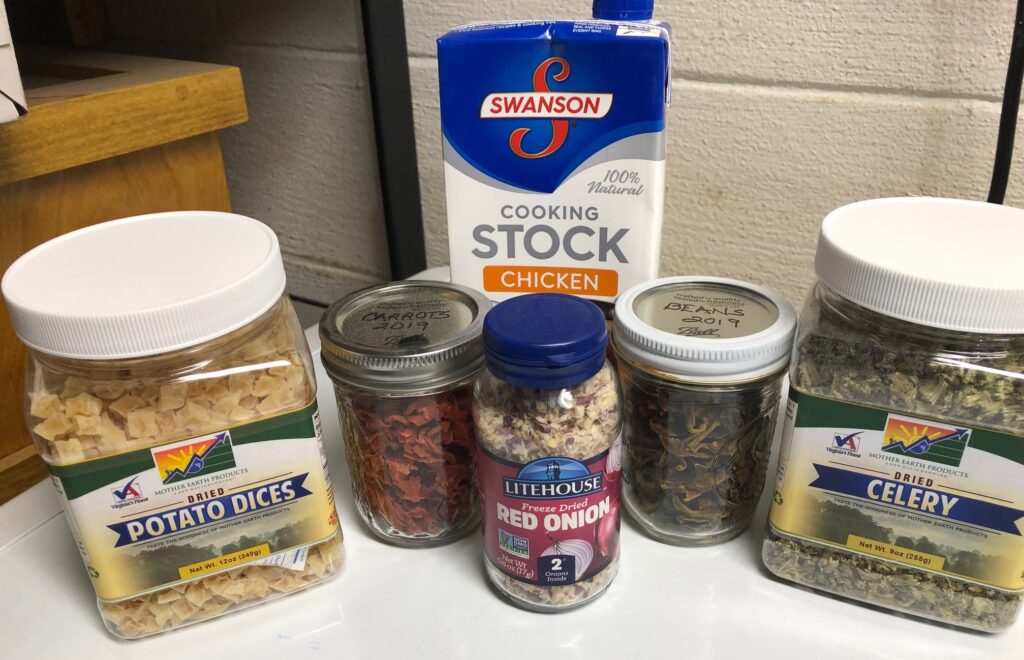
As you know, vegetable soup is pretty flexible. After dried vegetables have simmered a while in the broth to reconstitute, I check the refrigerator to see what other vegetables or meat could be added. Adding fresh carrots, onions or potatoes is easy.
If the weather is miserable outside, there’s nothing like taking time to make a batch of soup noodles! That was always fun when the kids were little. Bert has memories of making noodles with his Grandmother…there was no other choice but to make them yourself! I have not made noodles since I discovered I couldn’t eat eggs, so I’ll have to find a different recipe!
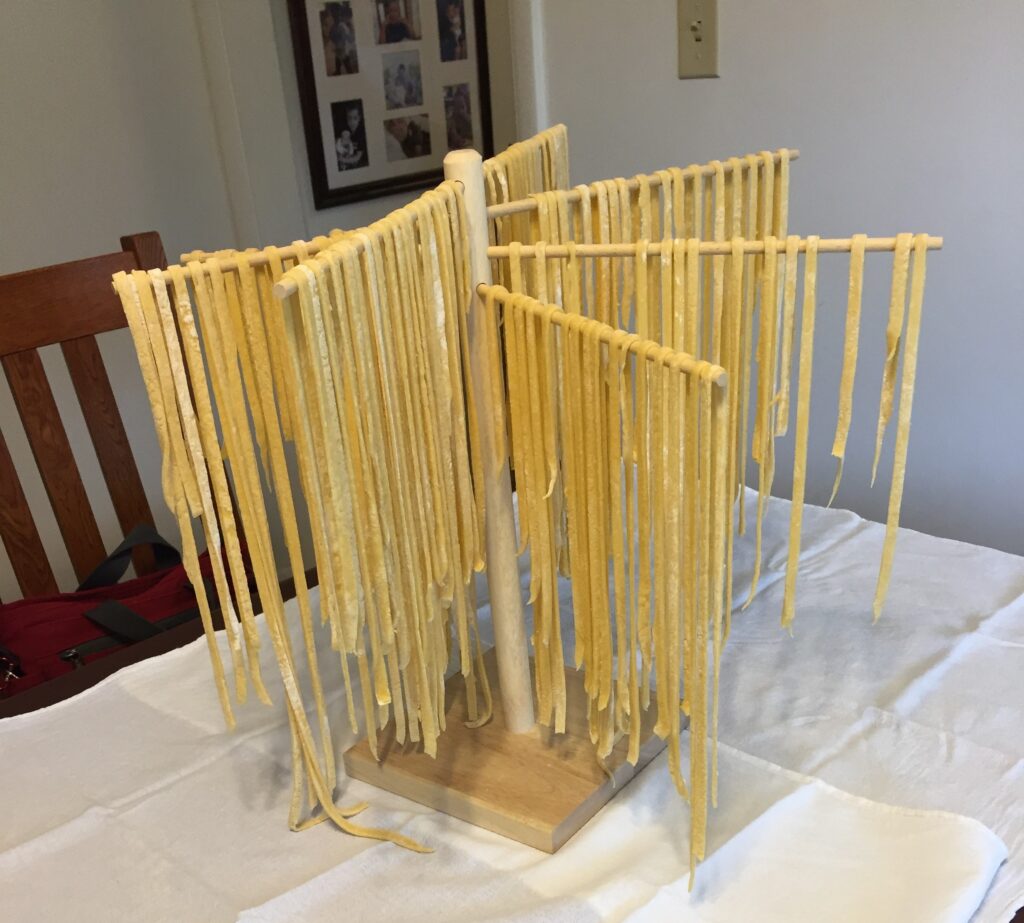
I always feel like I’m the Ant in the fable of the Ant and the Grasshopper. It gives me such satisfaction to know I could pull a hearty soup together from just what I have in the house. Give it a try with the resources you have! Enjoy!
Please comment or email me directly if you have questions at marykisner@comcast.net.

